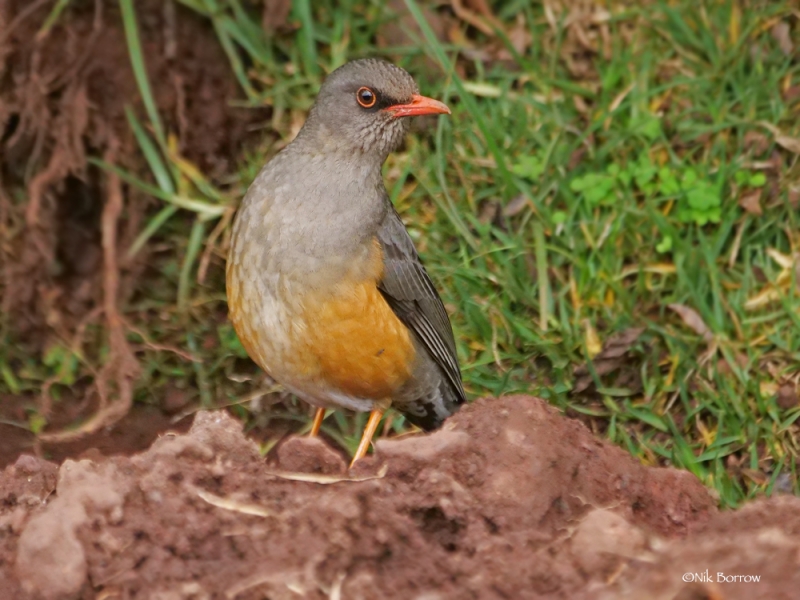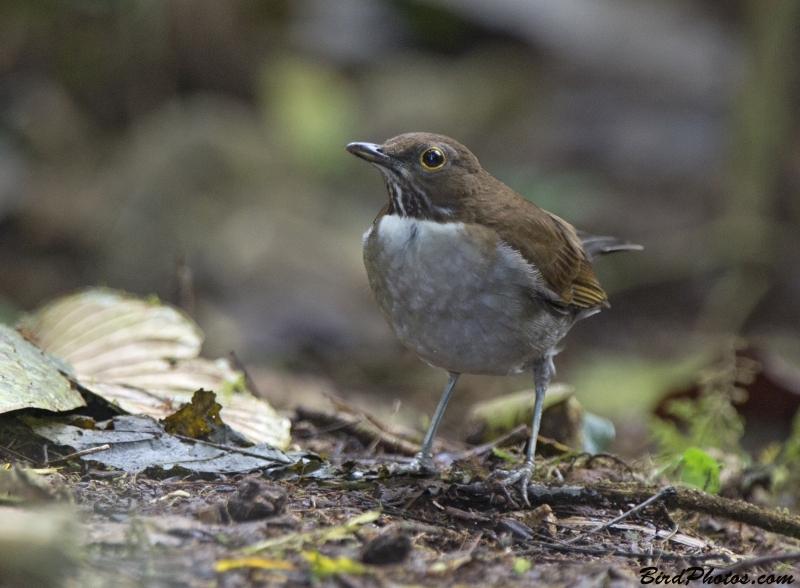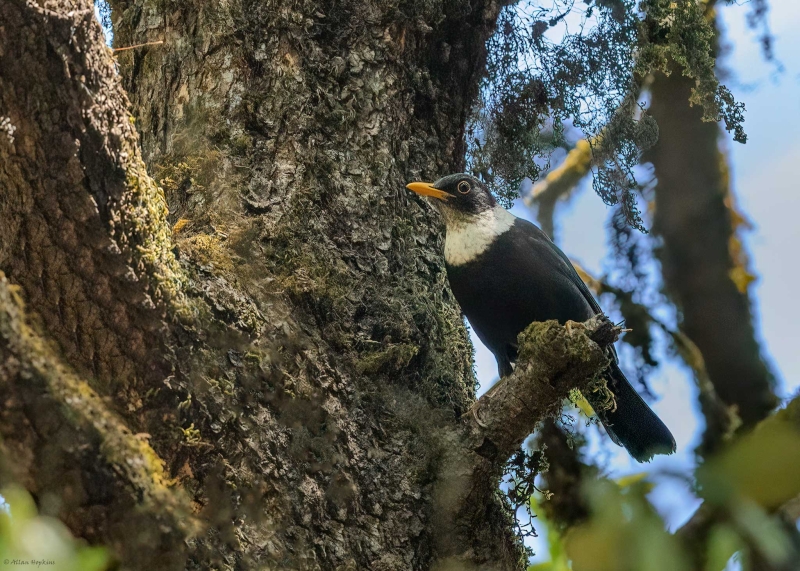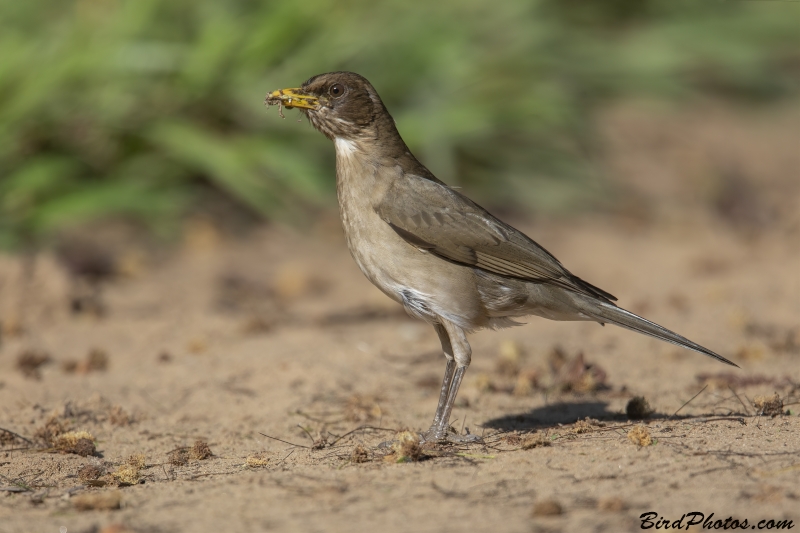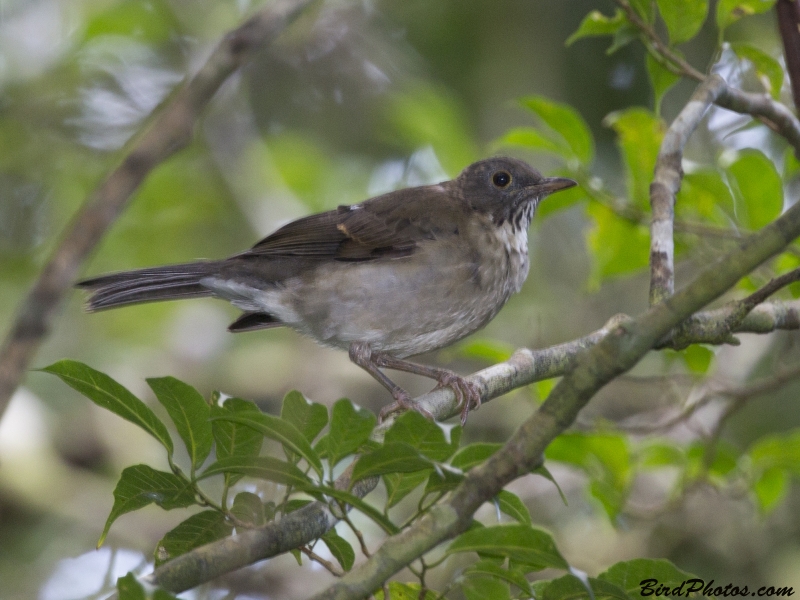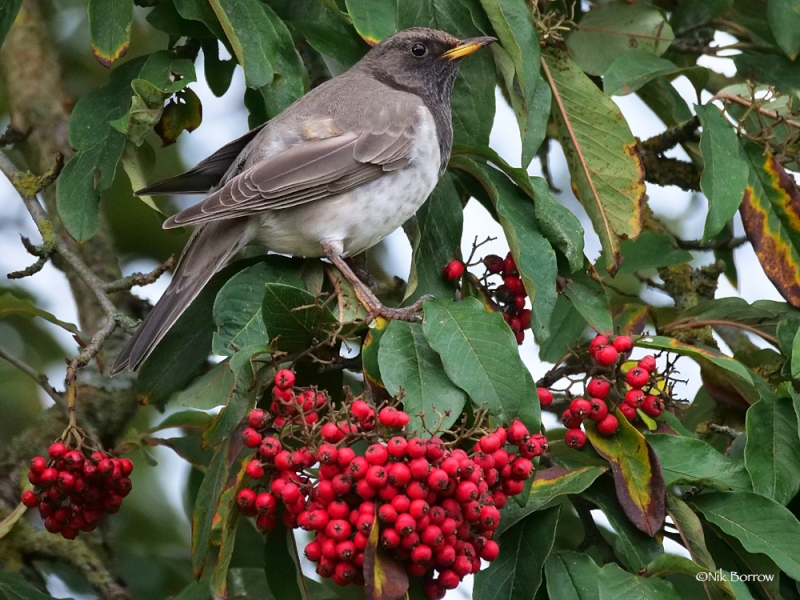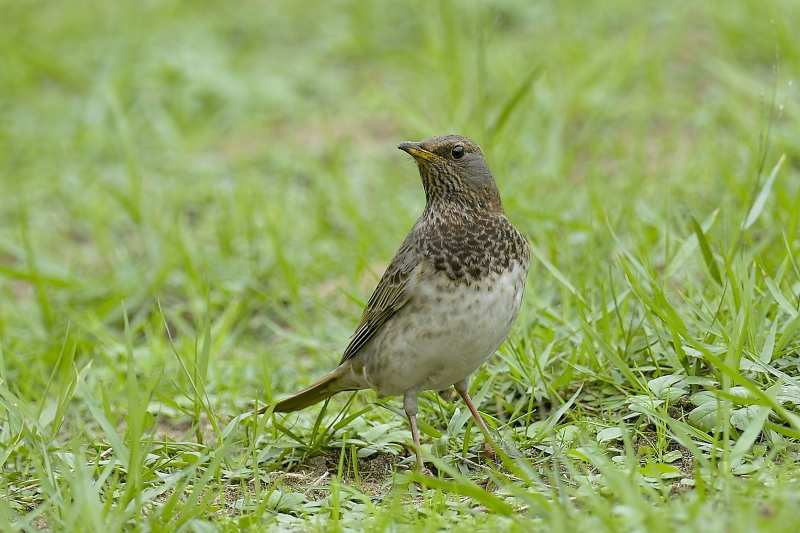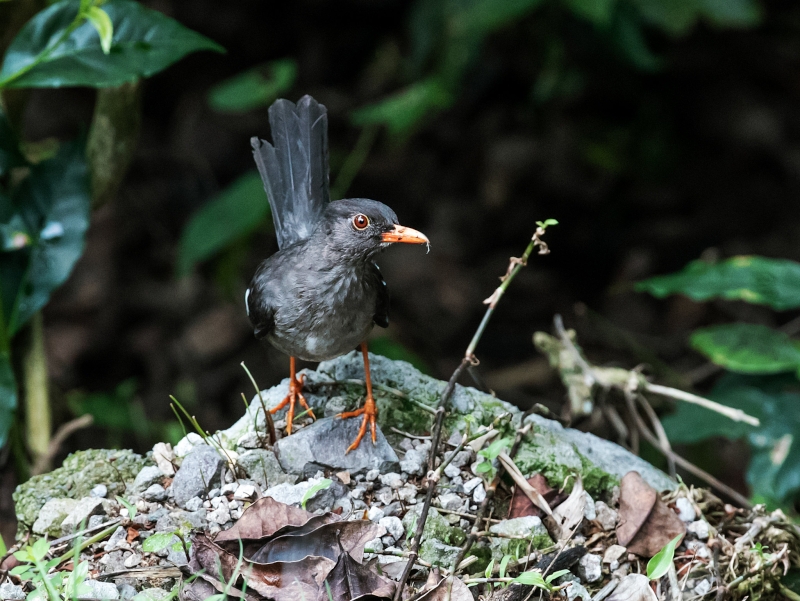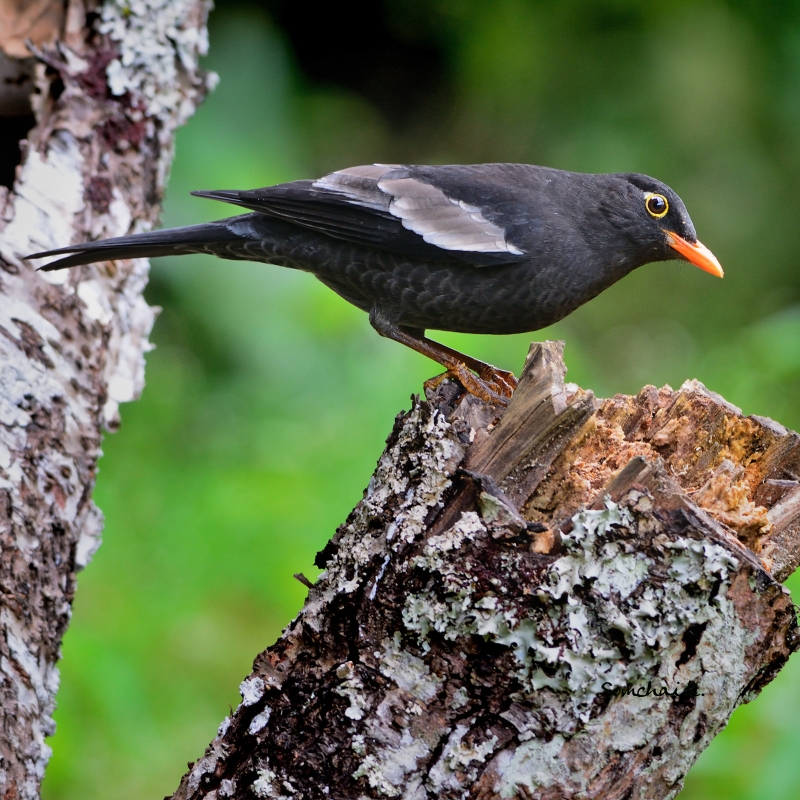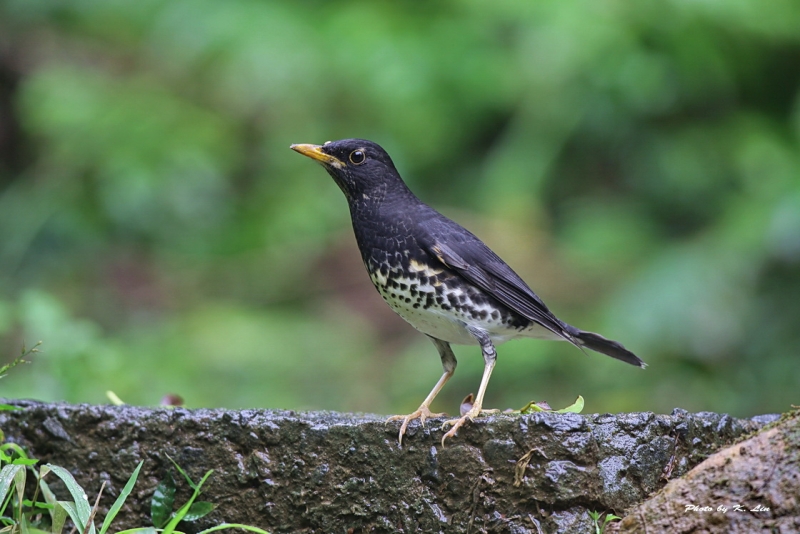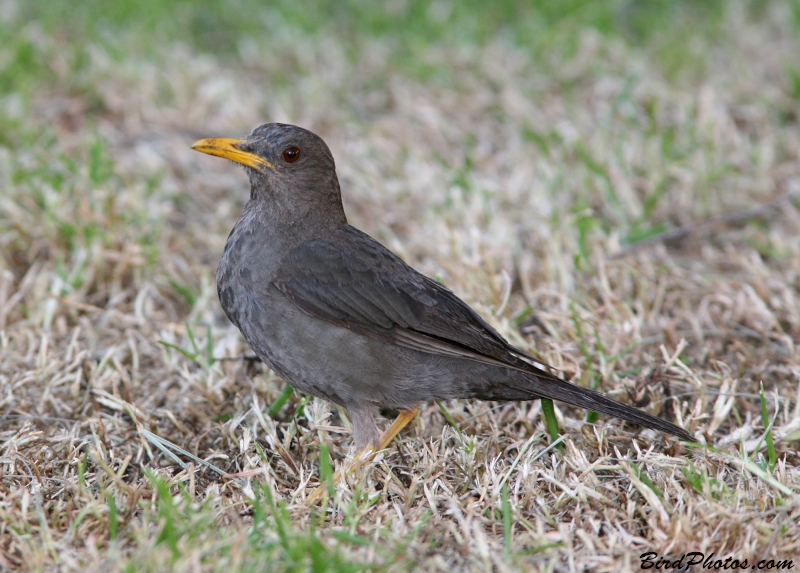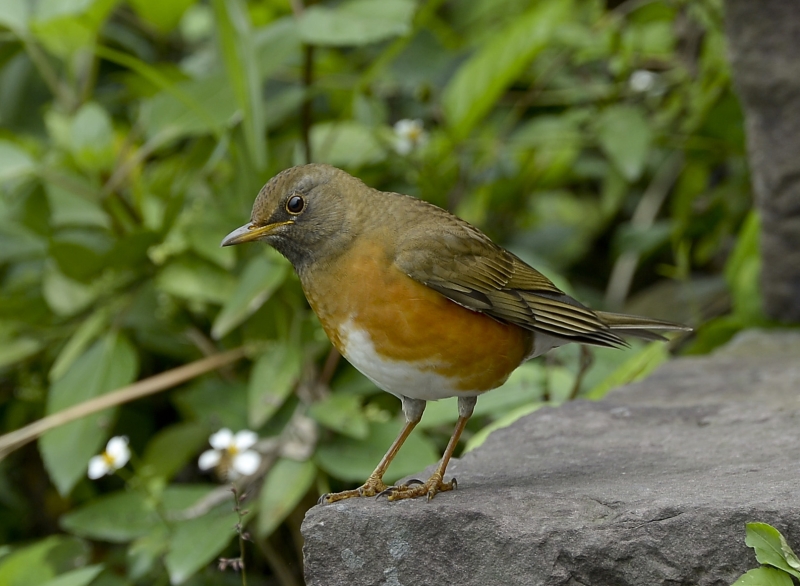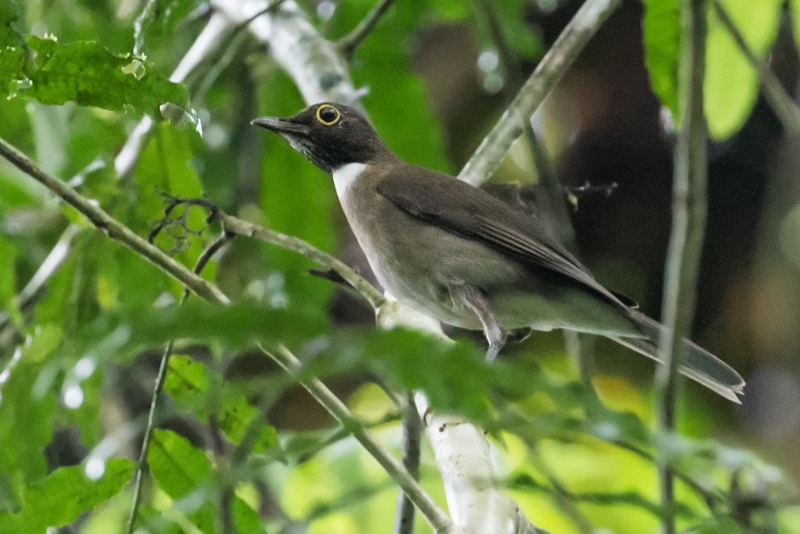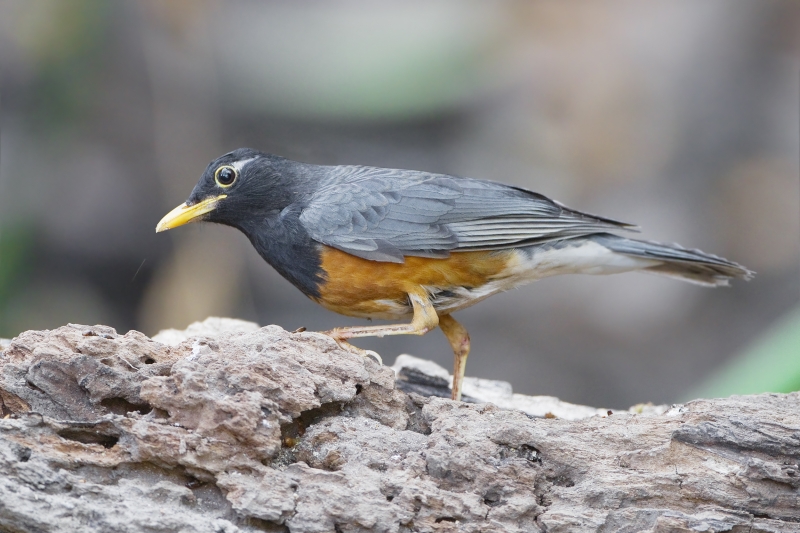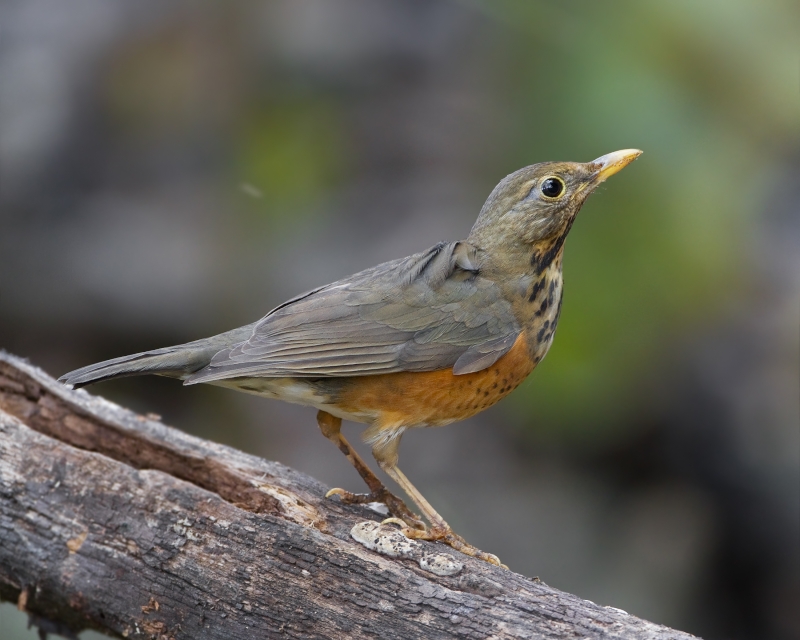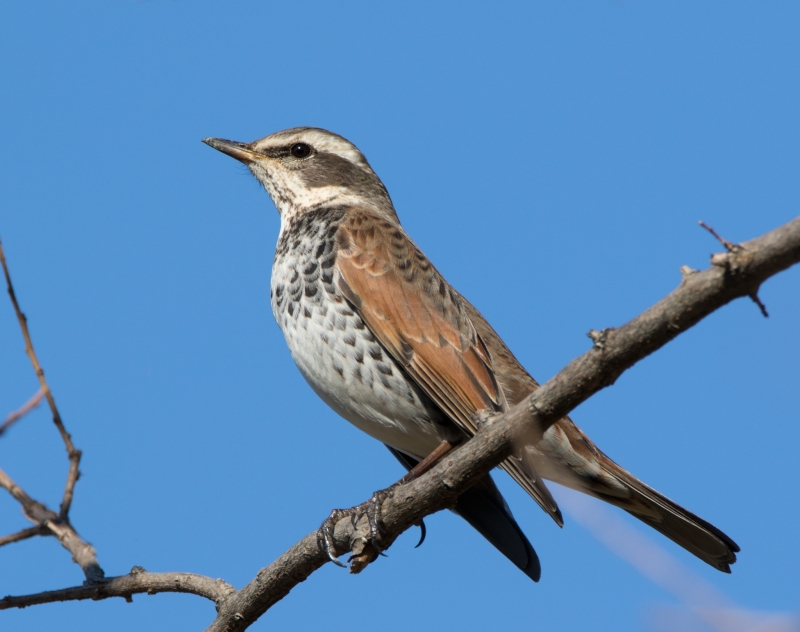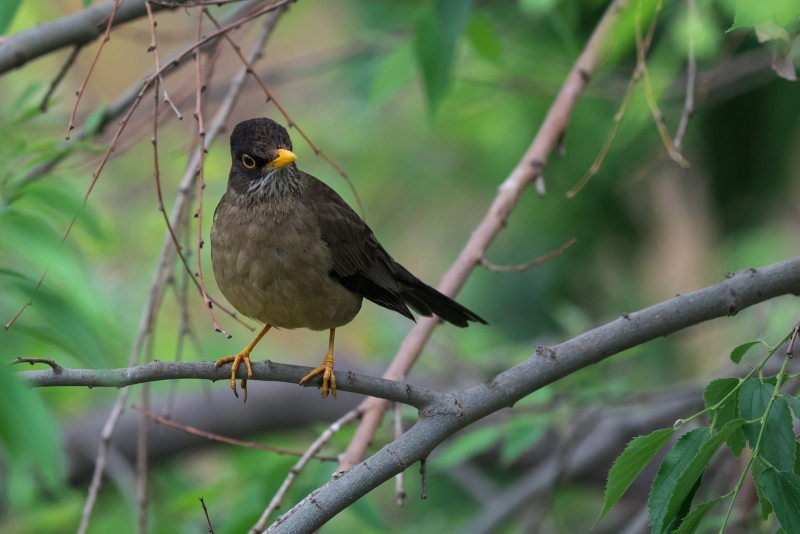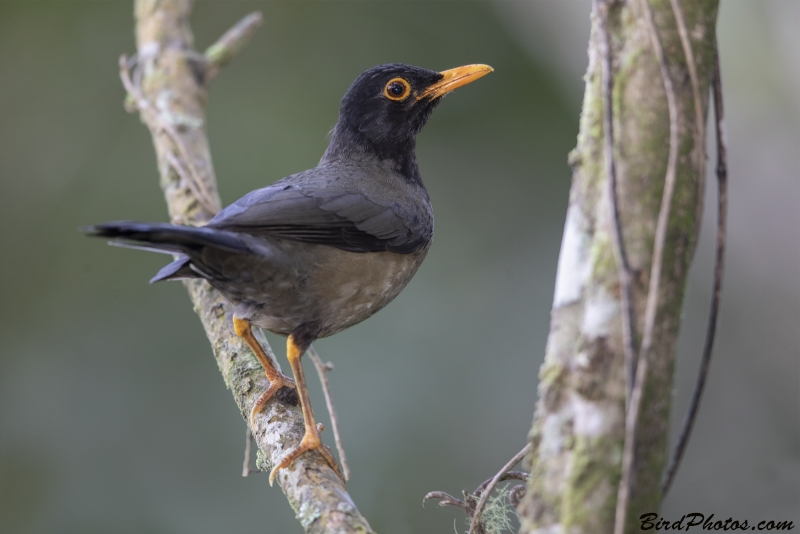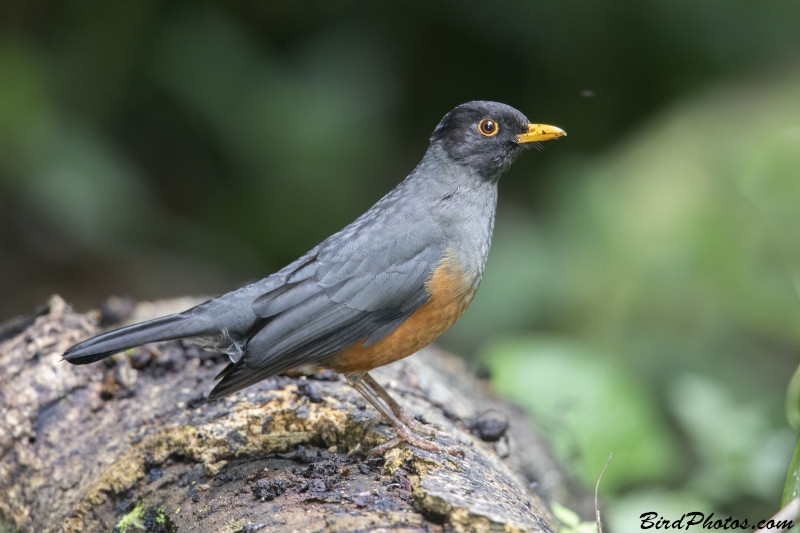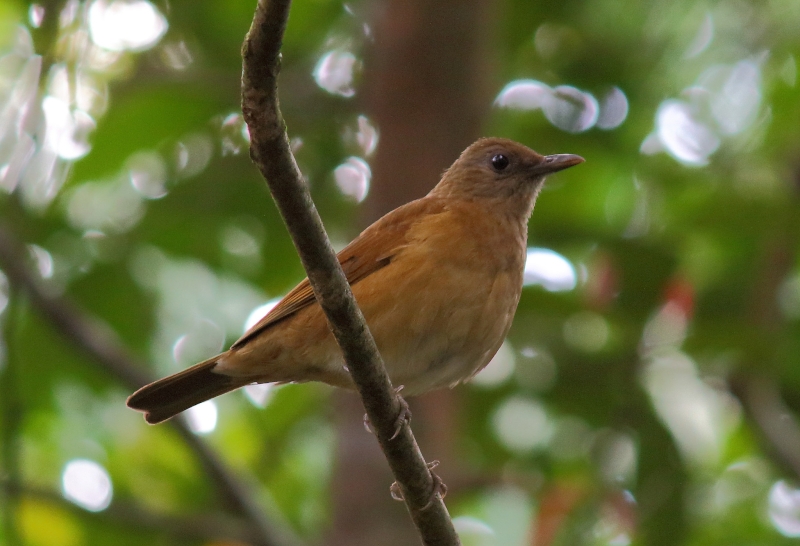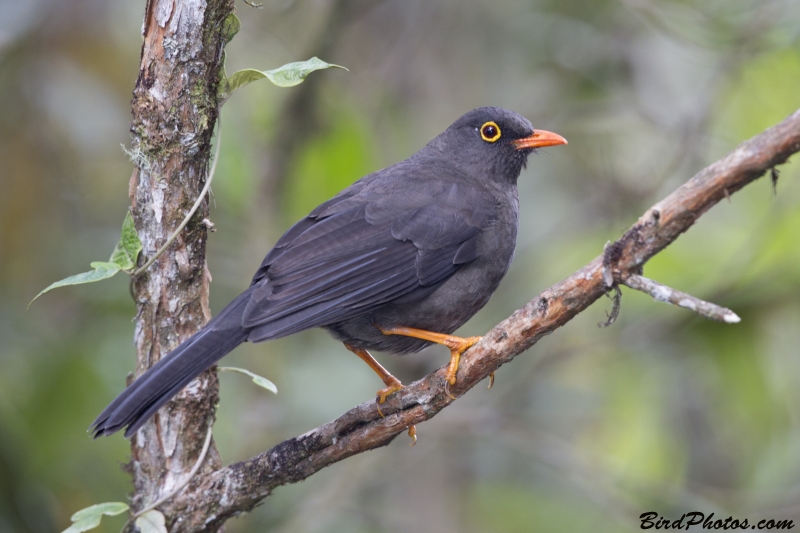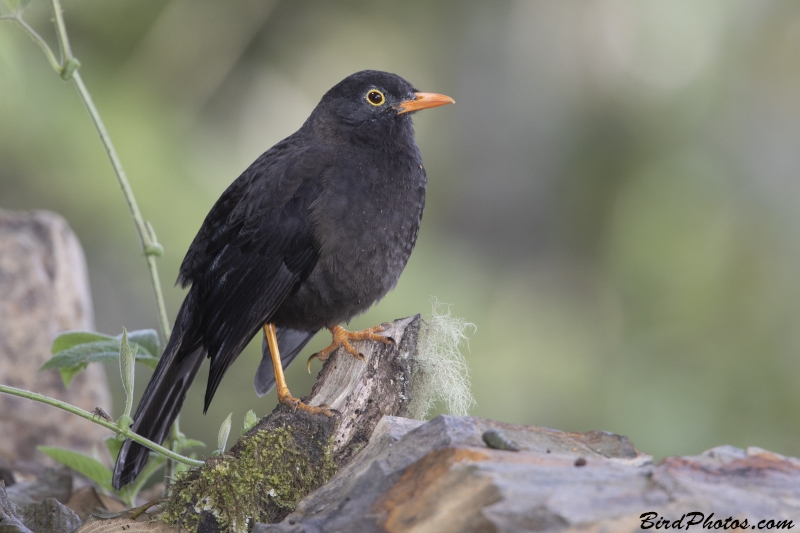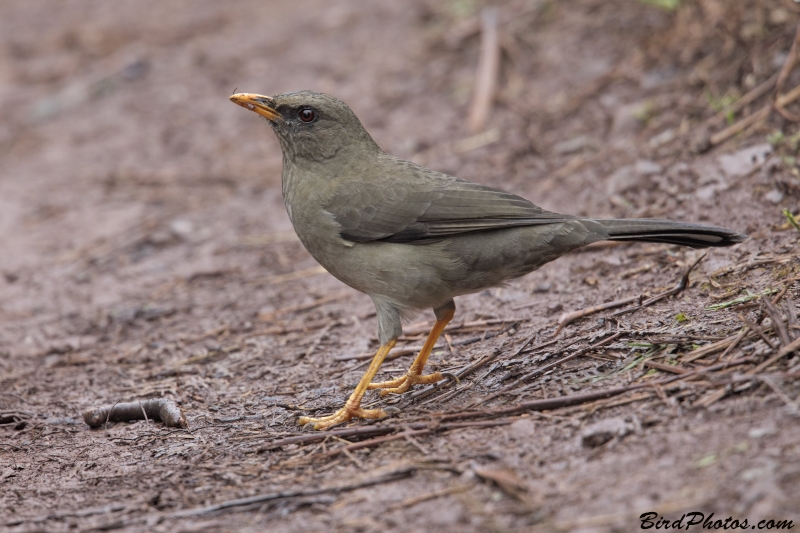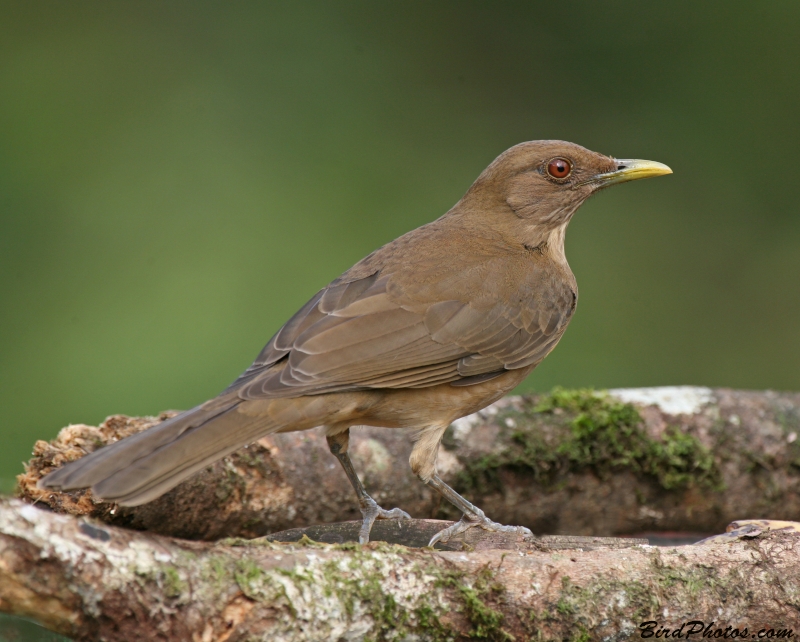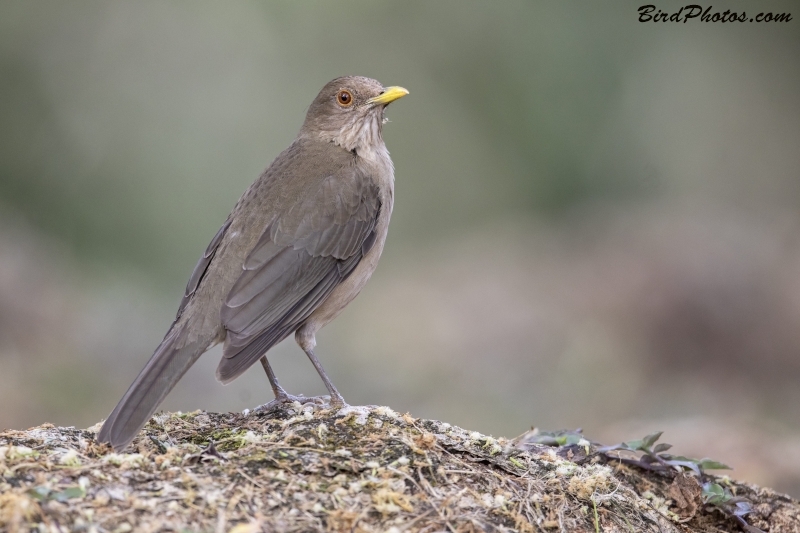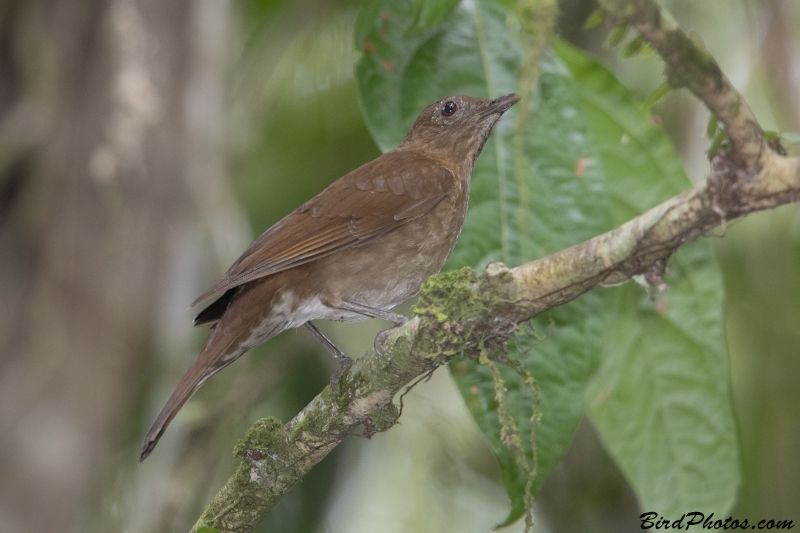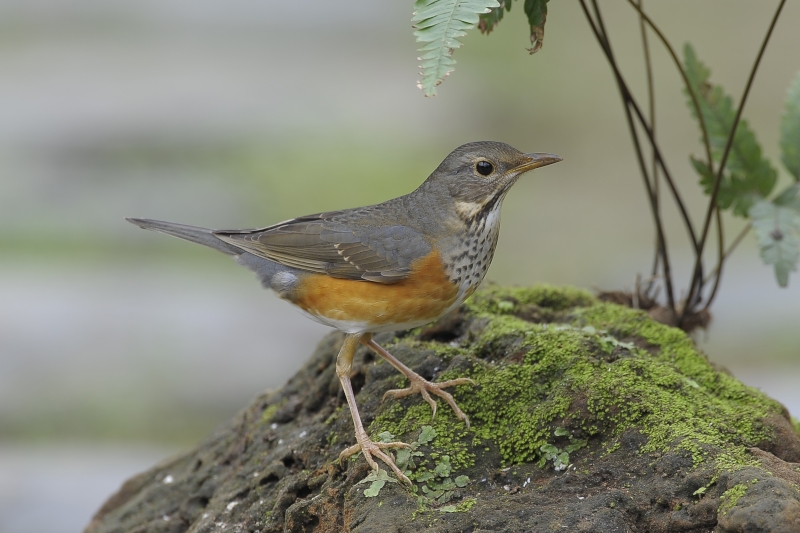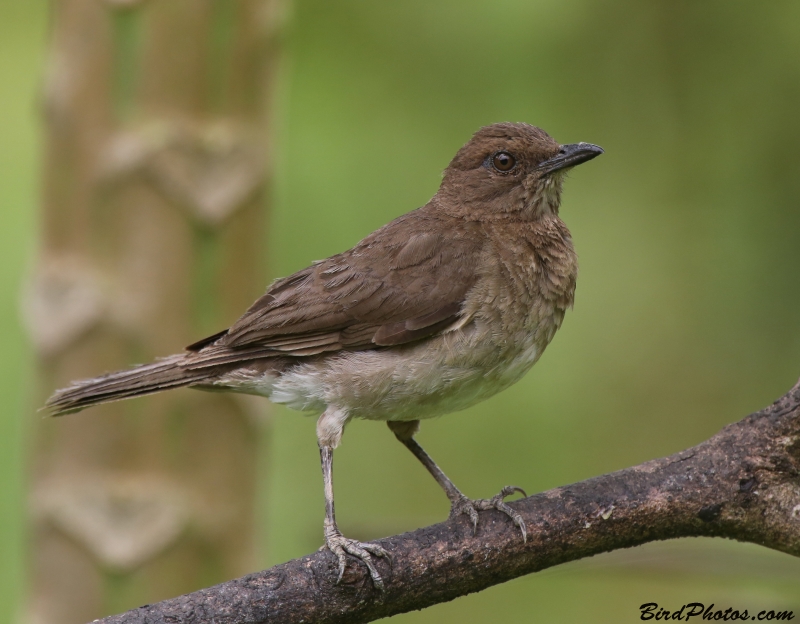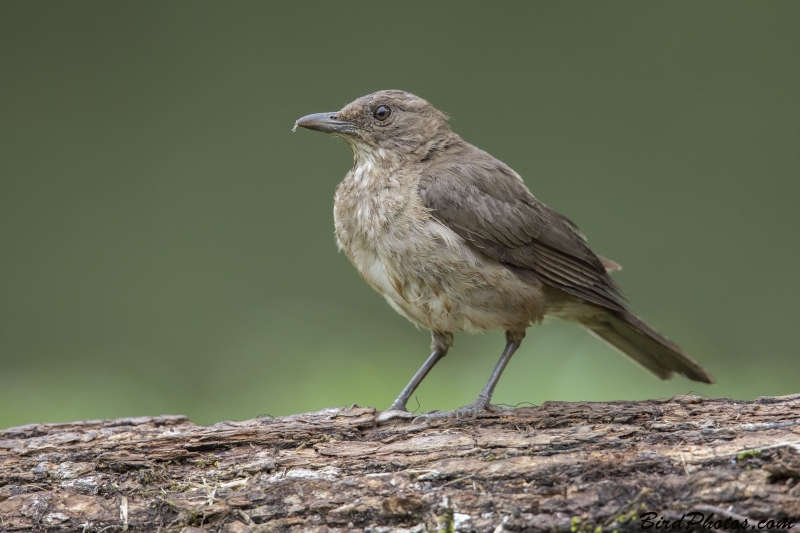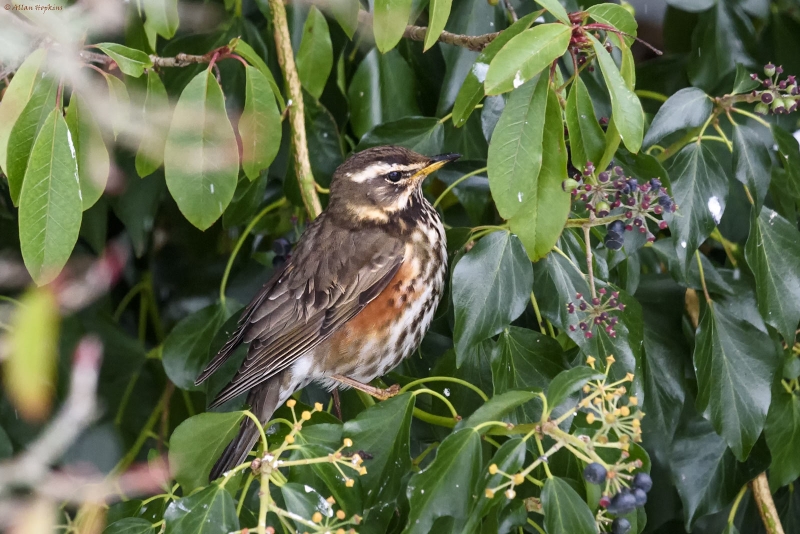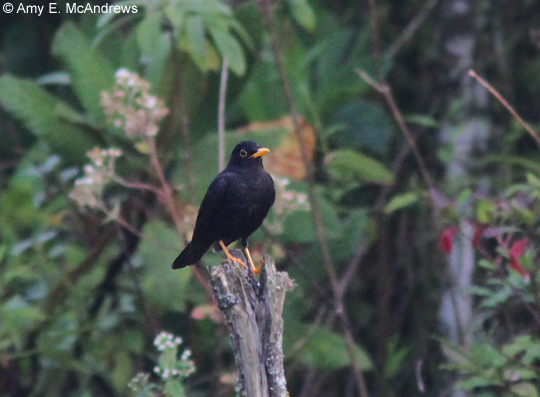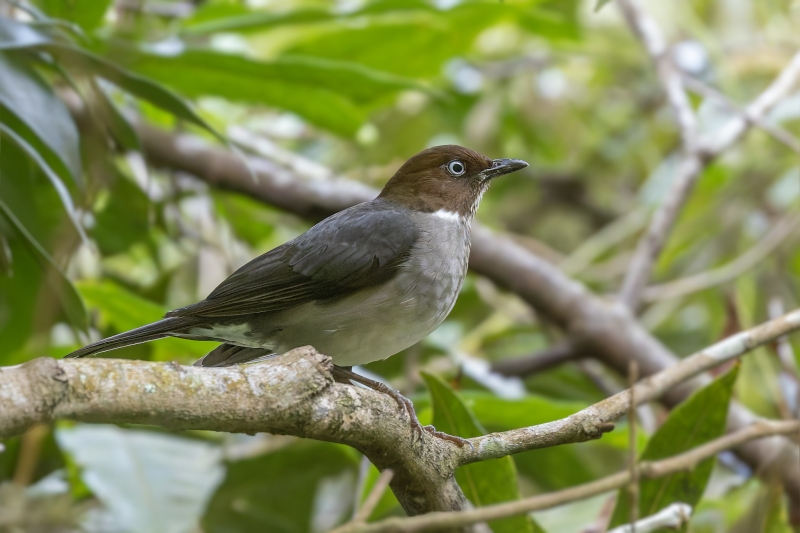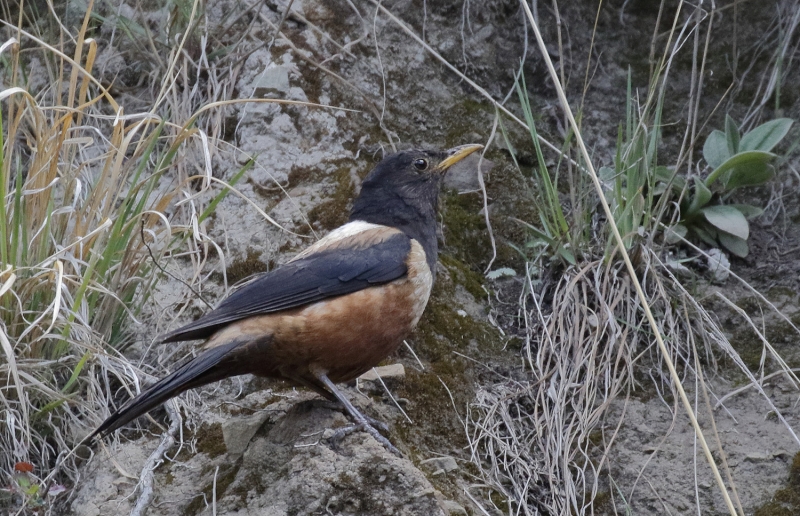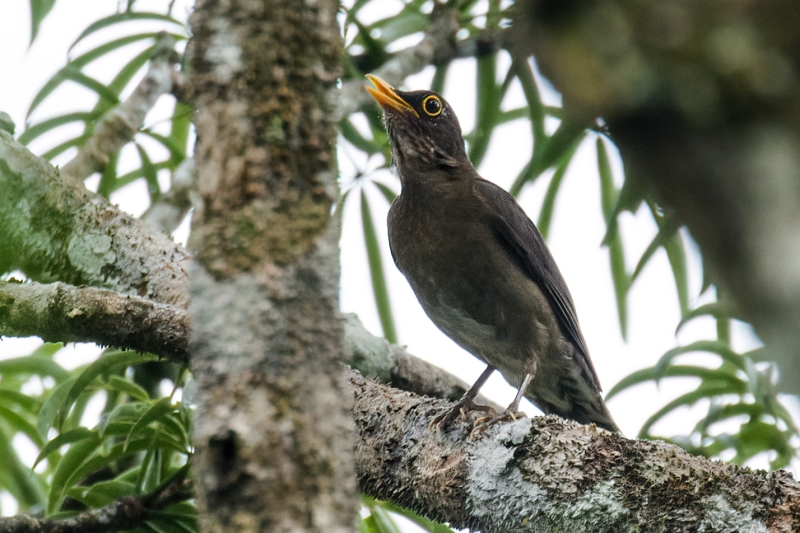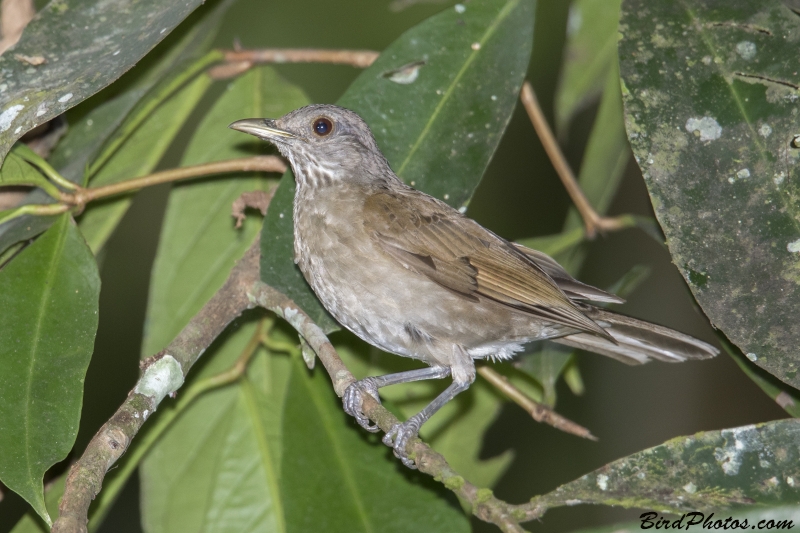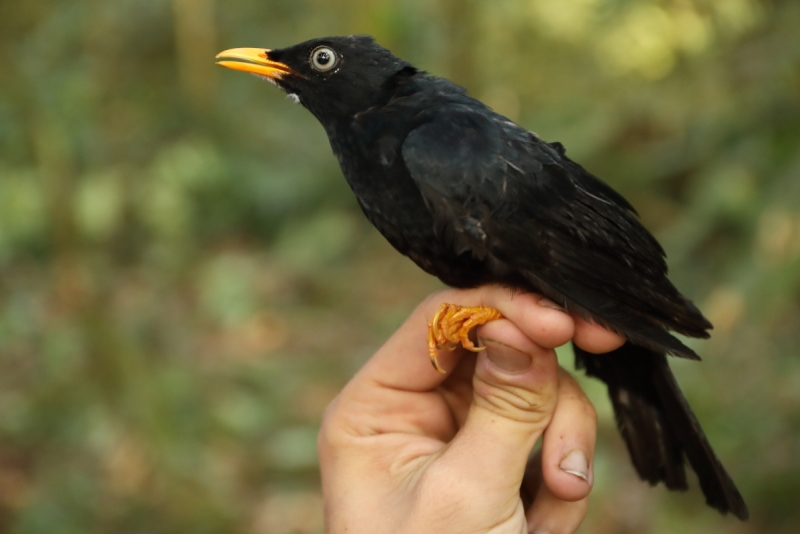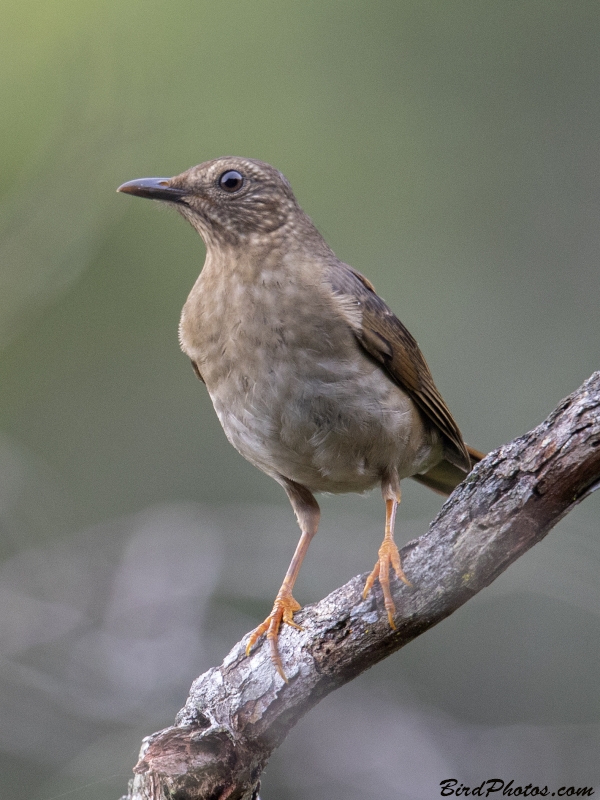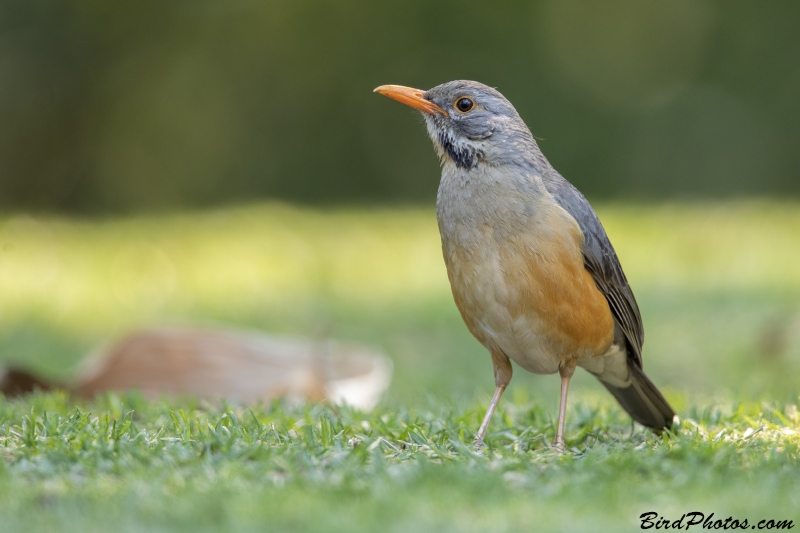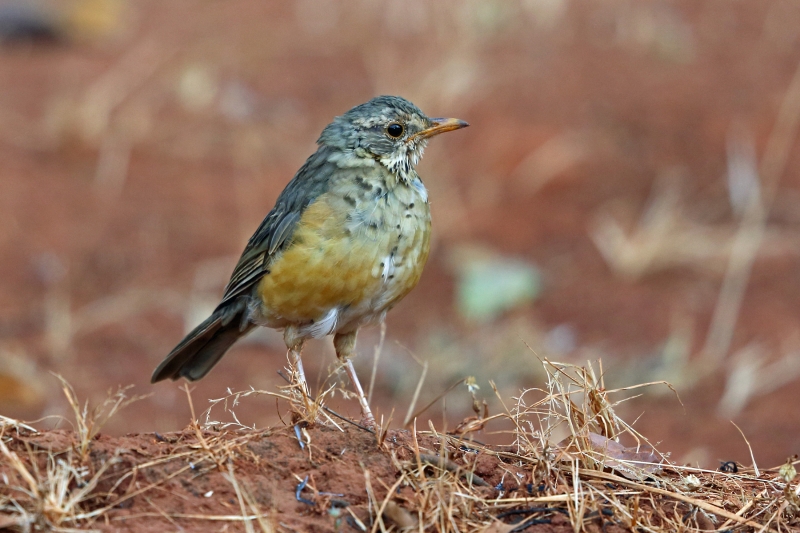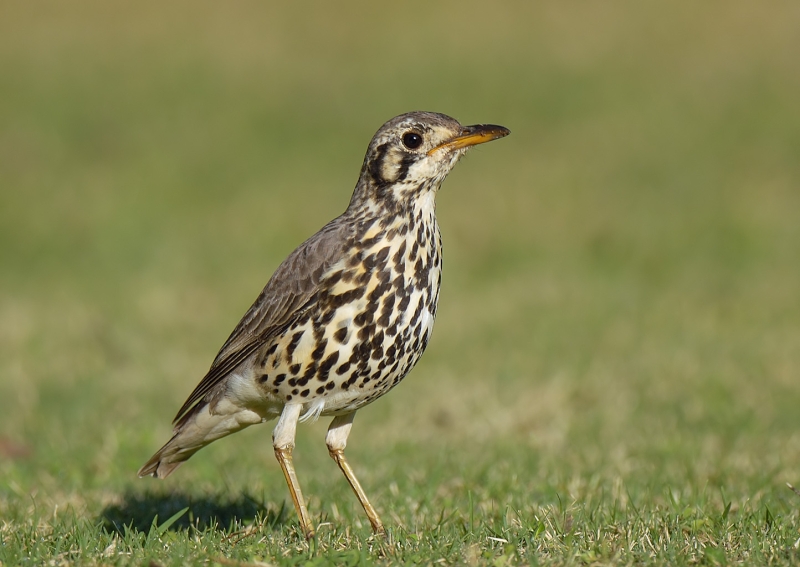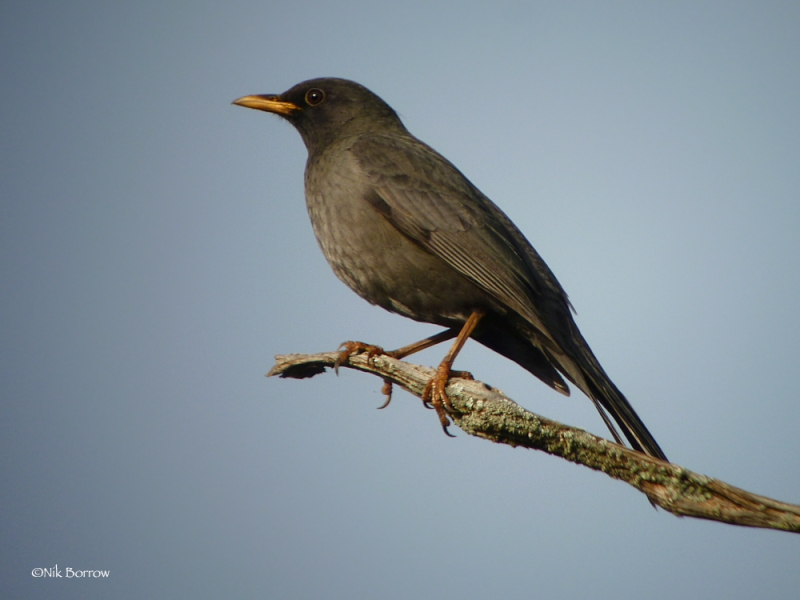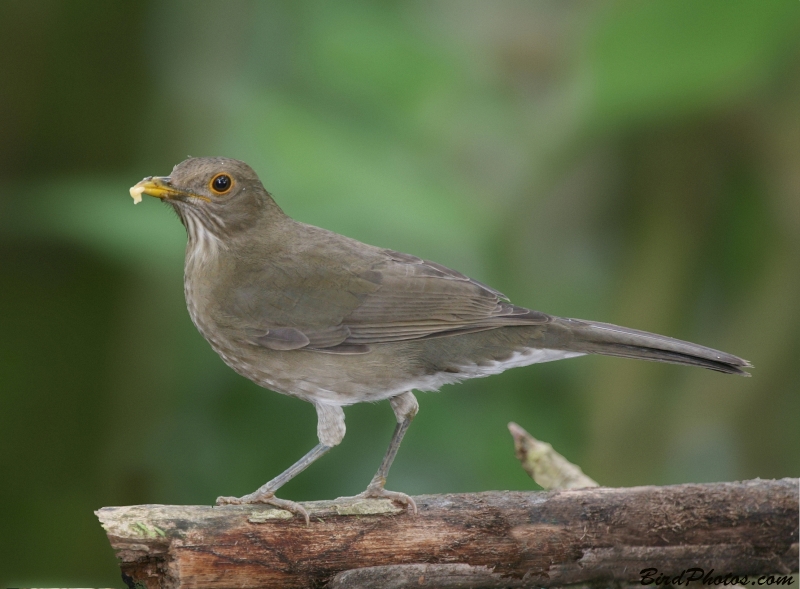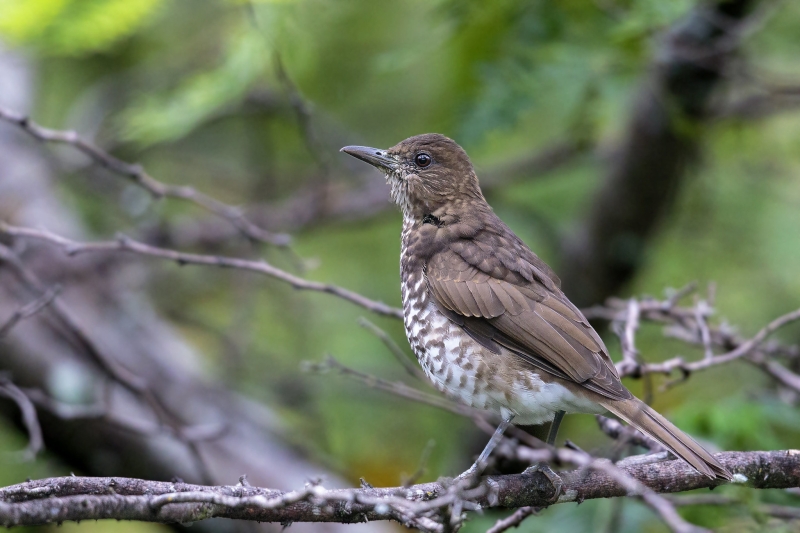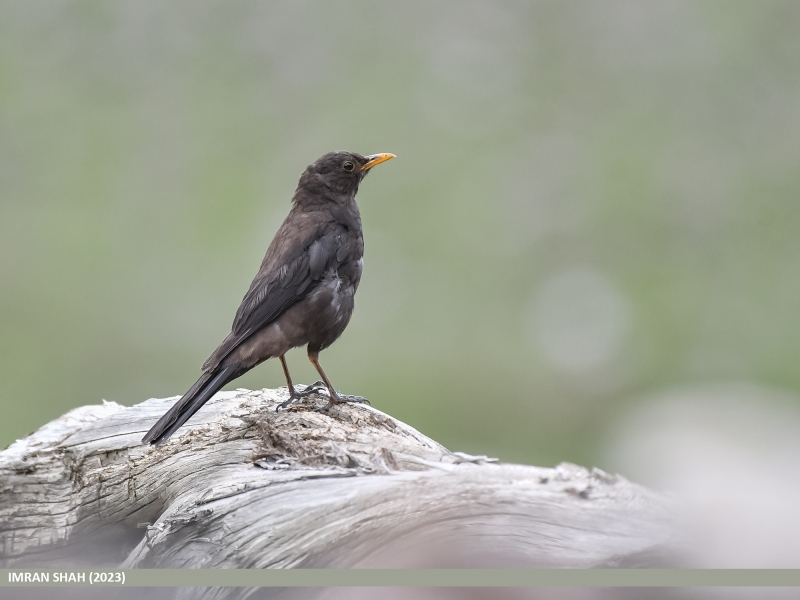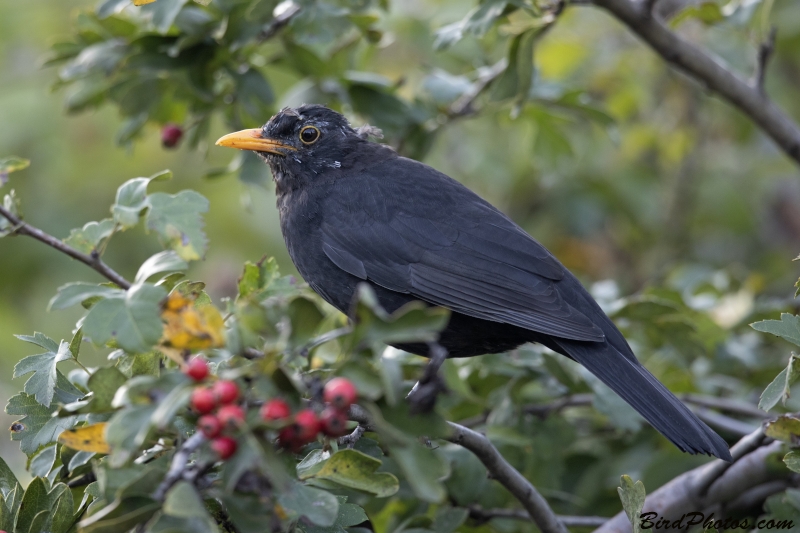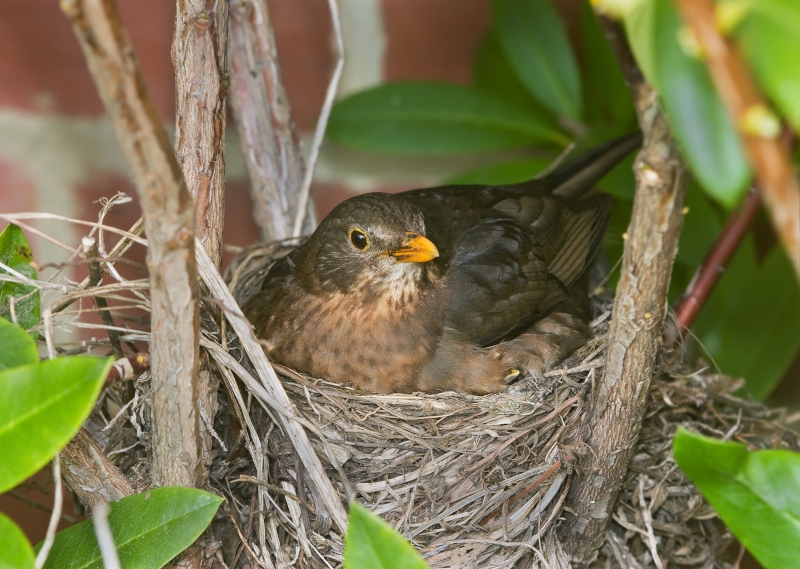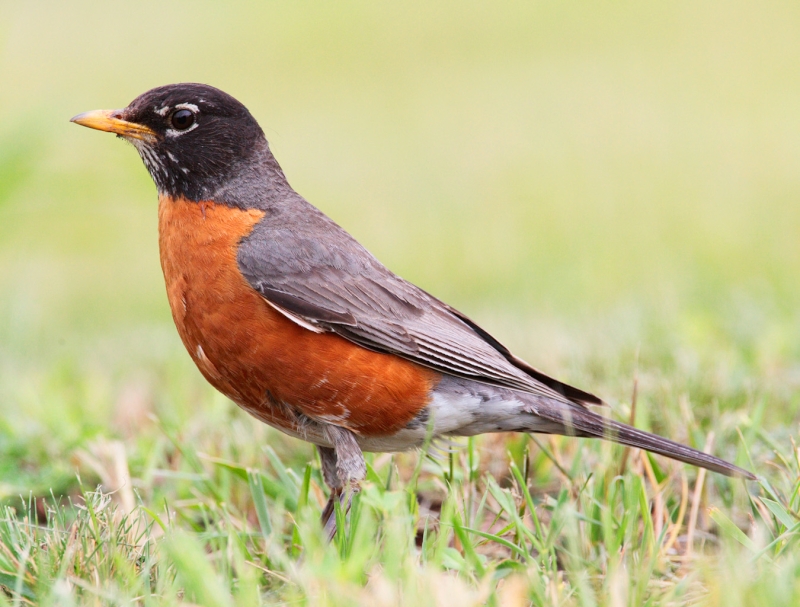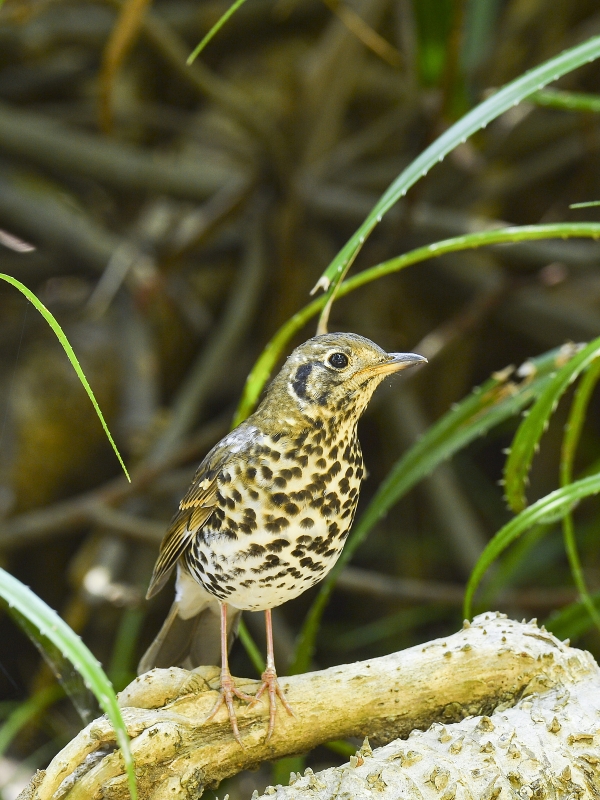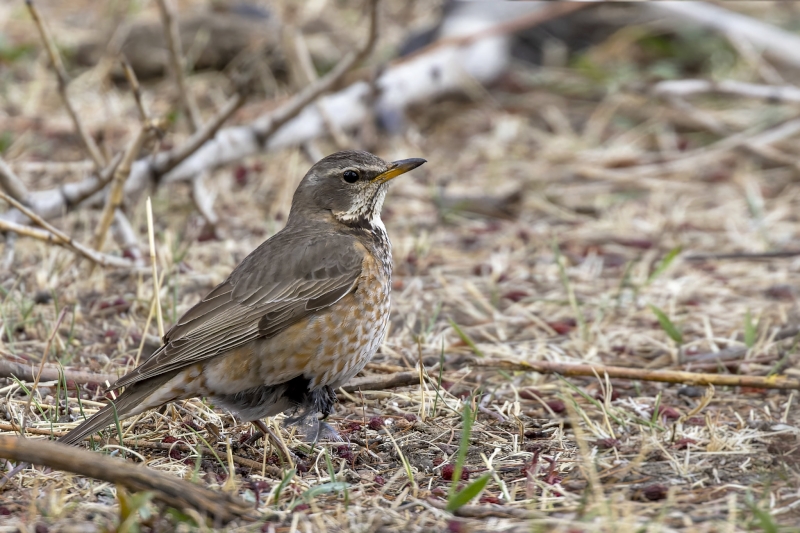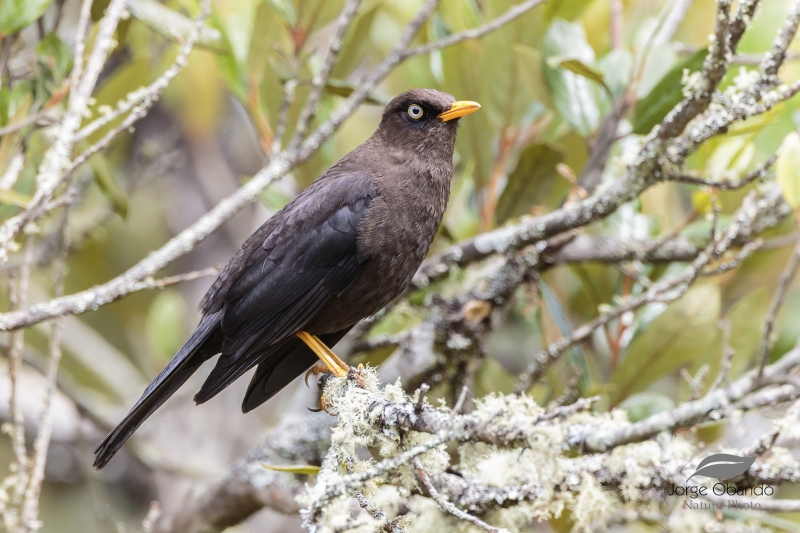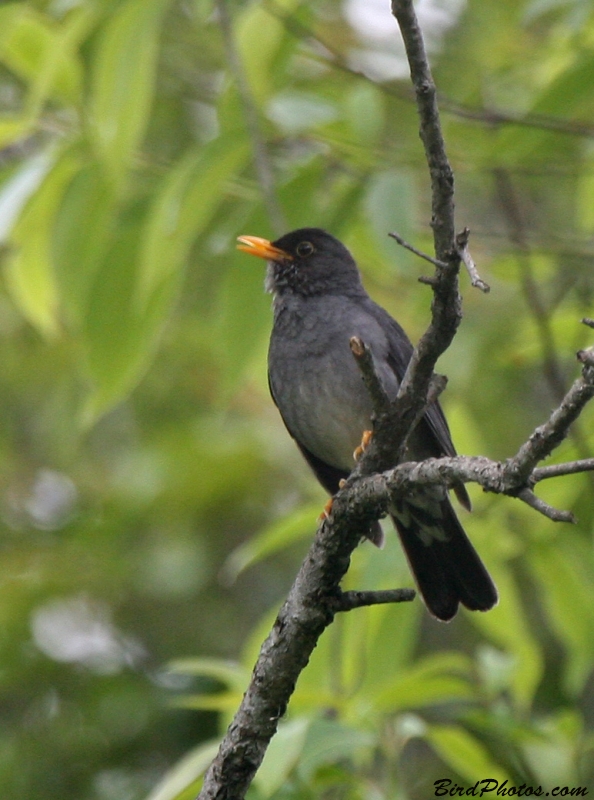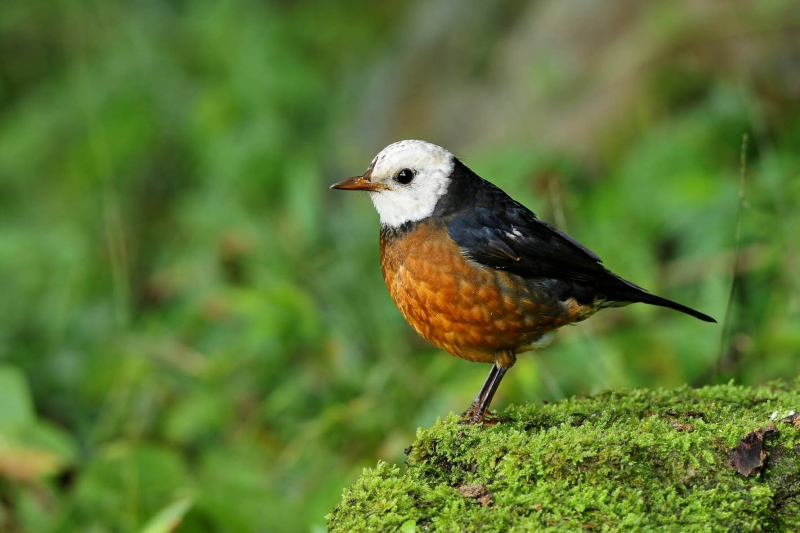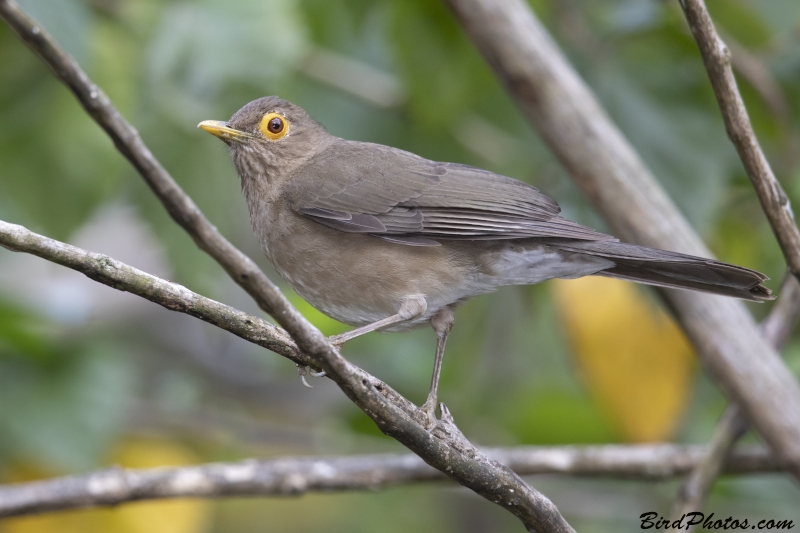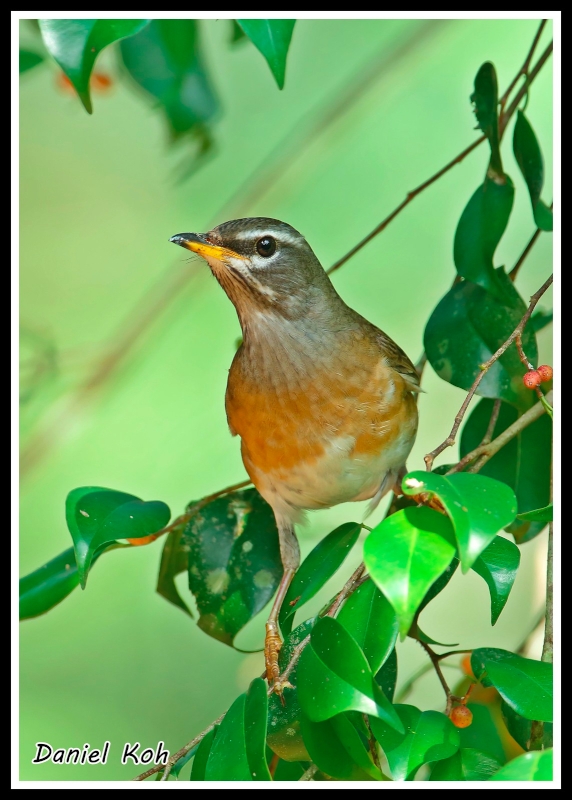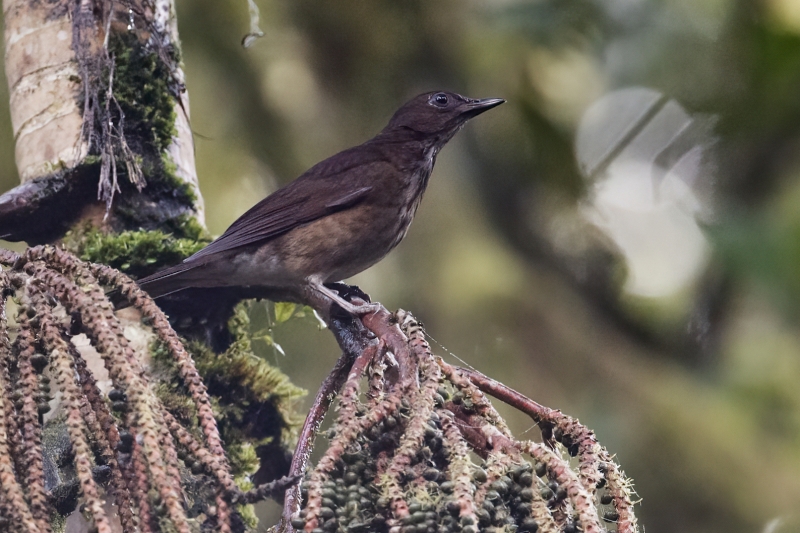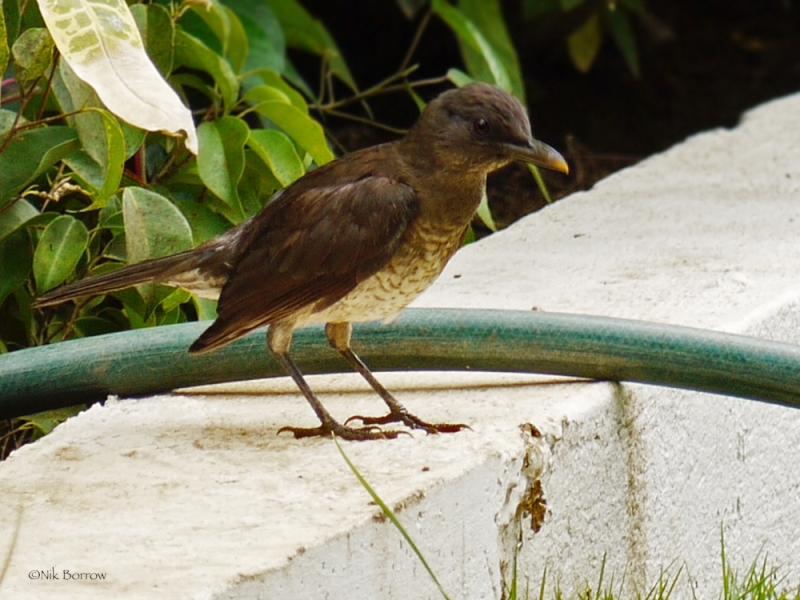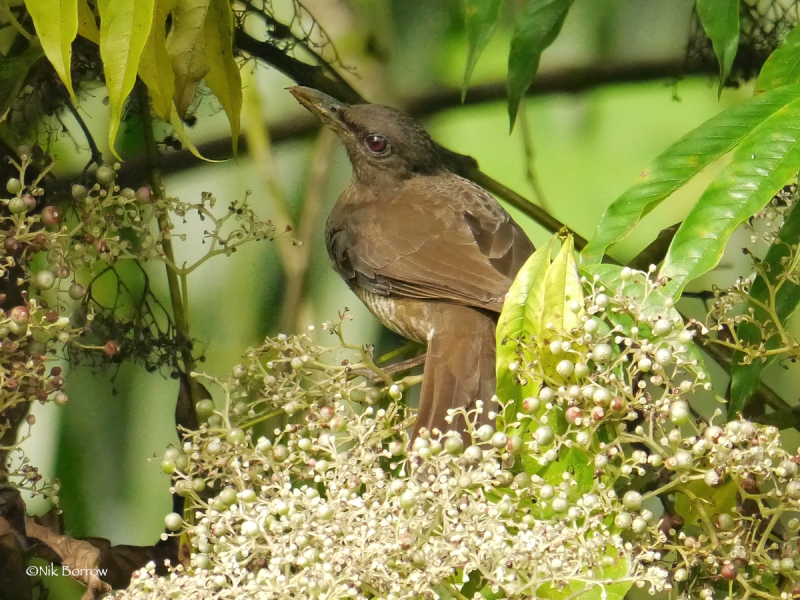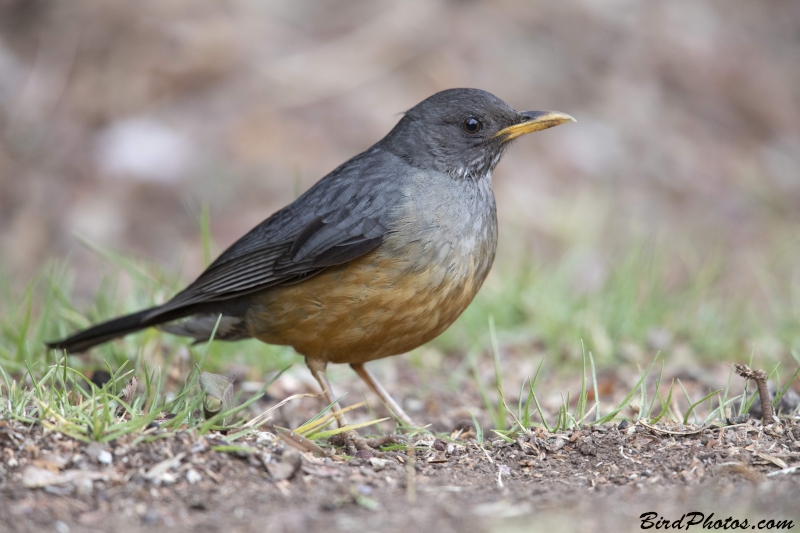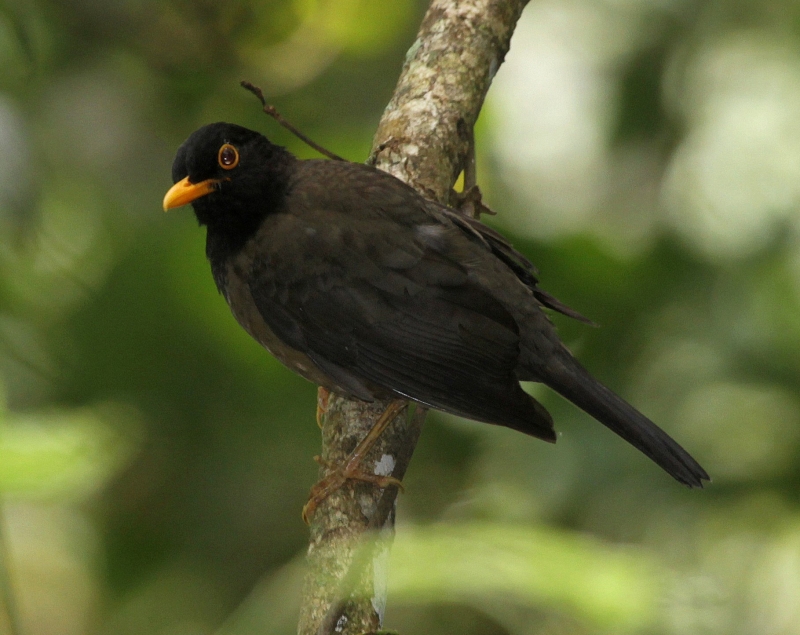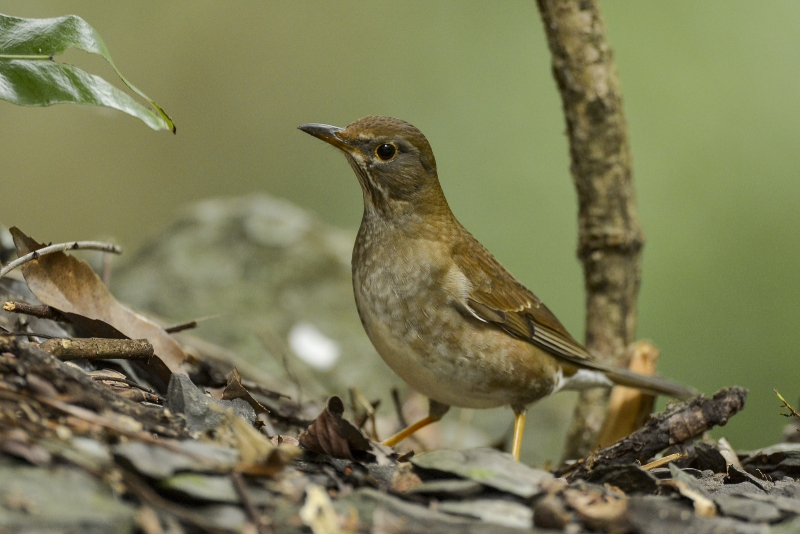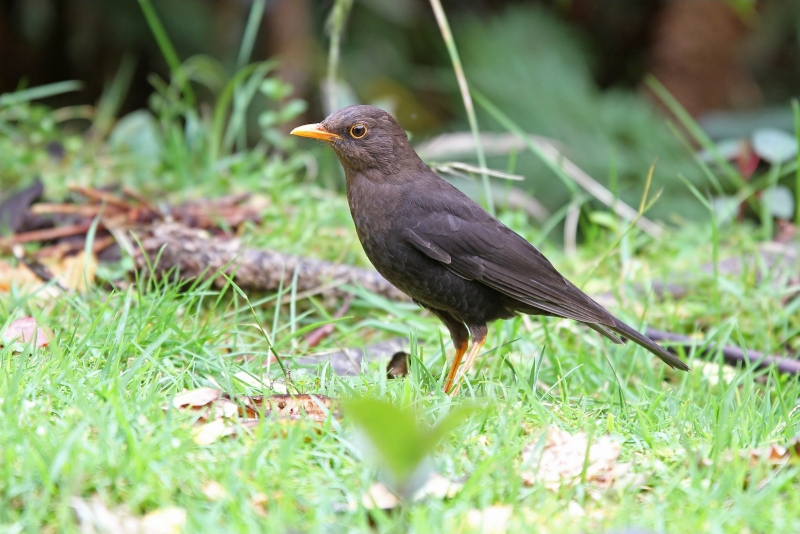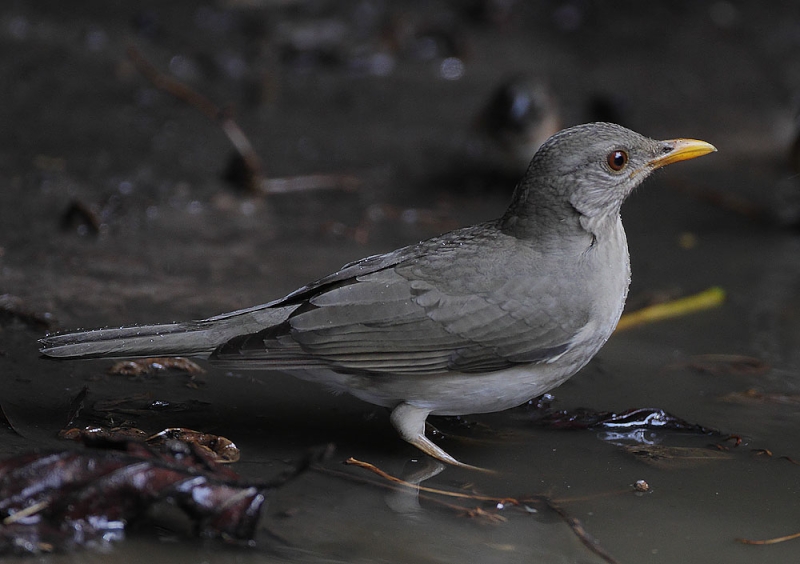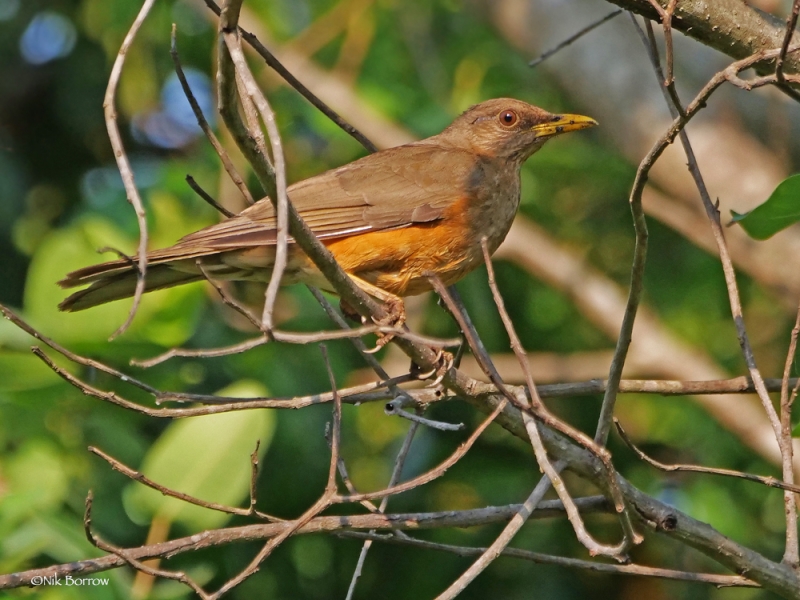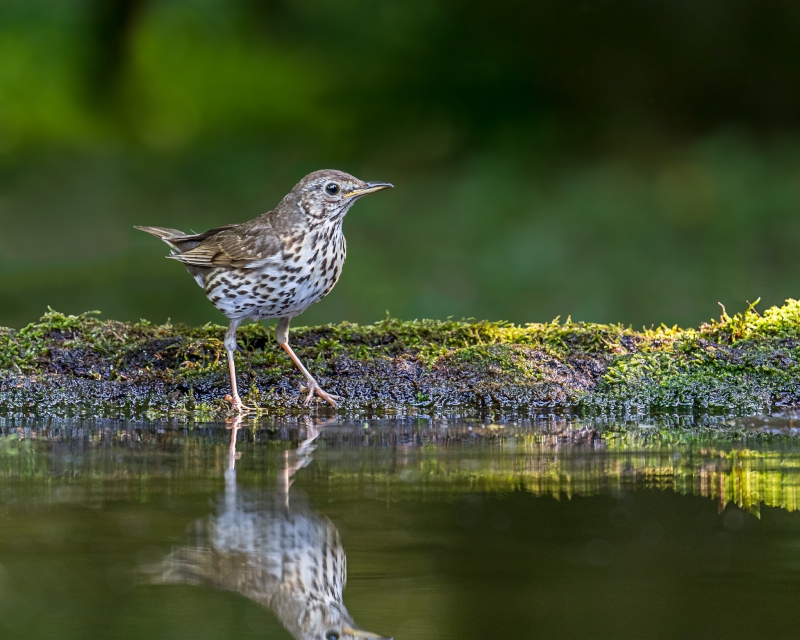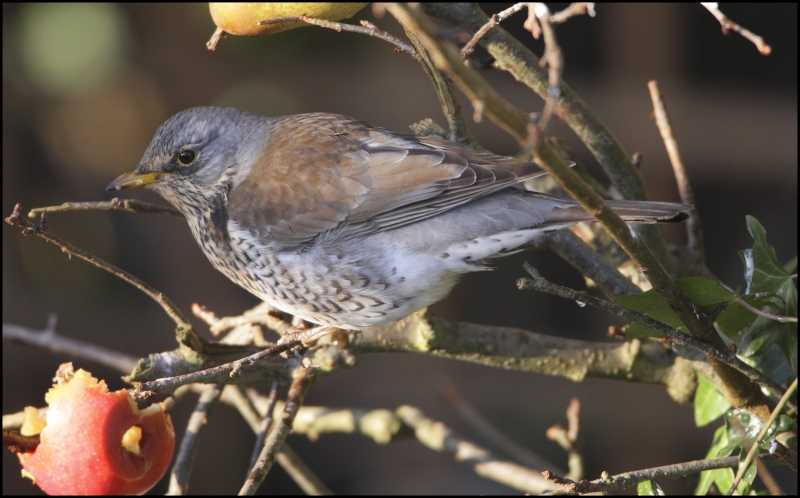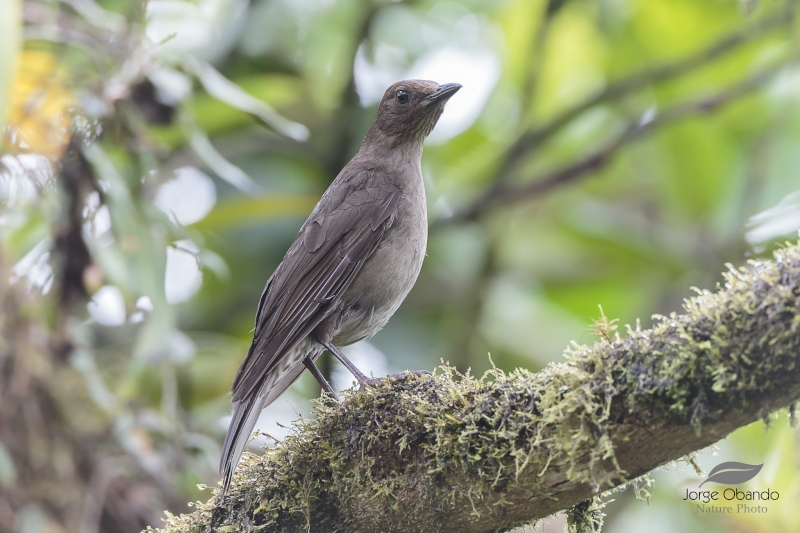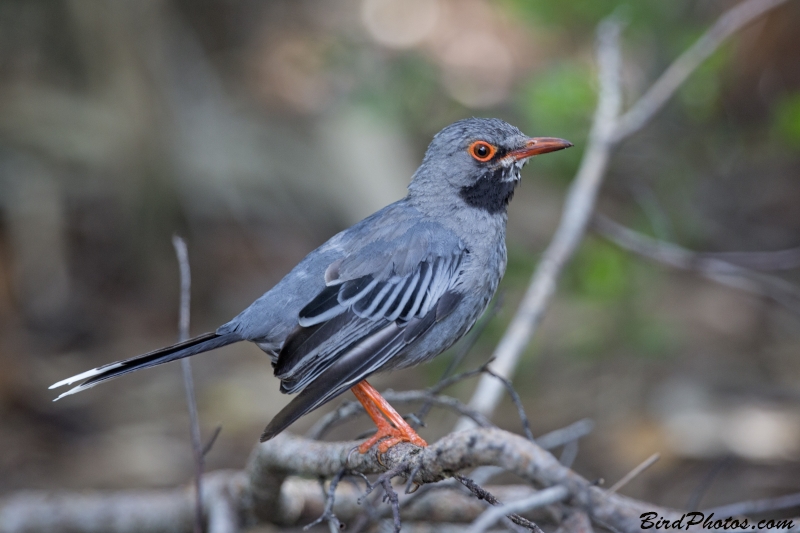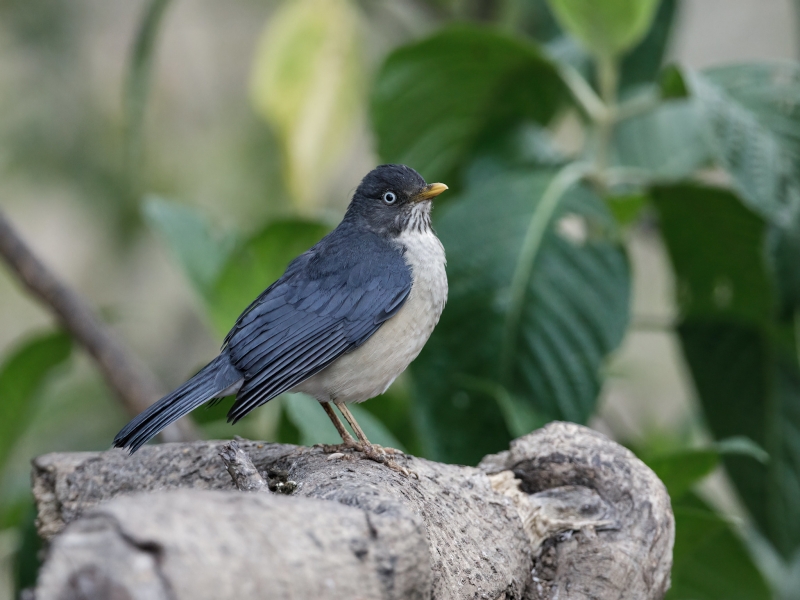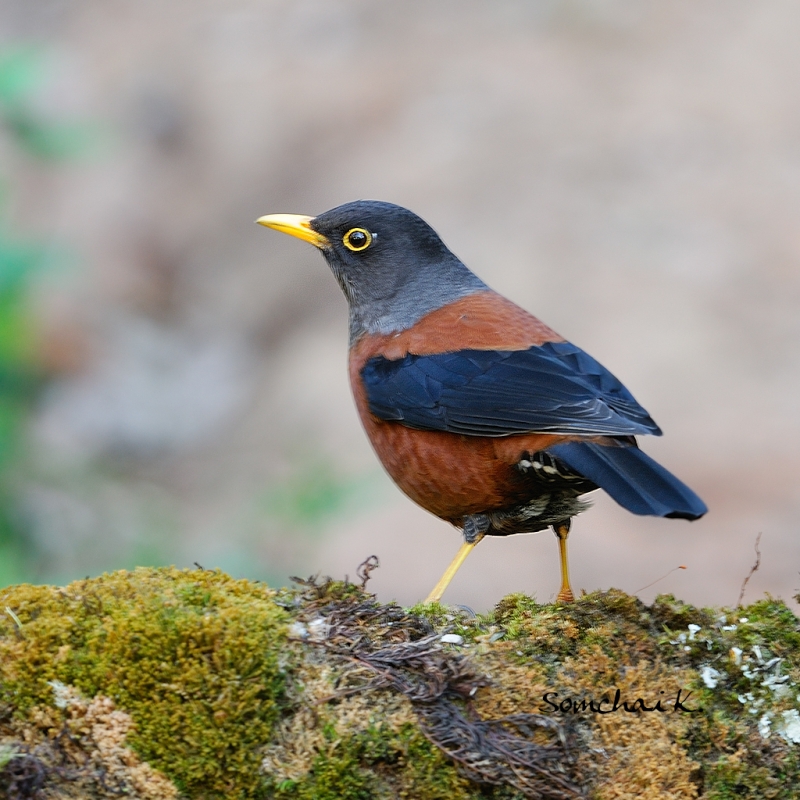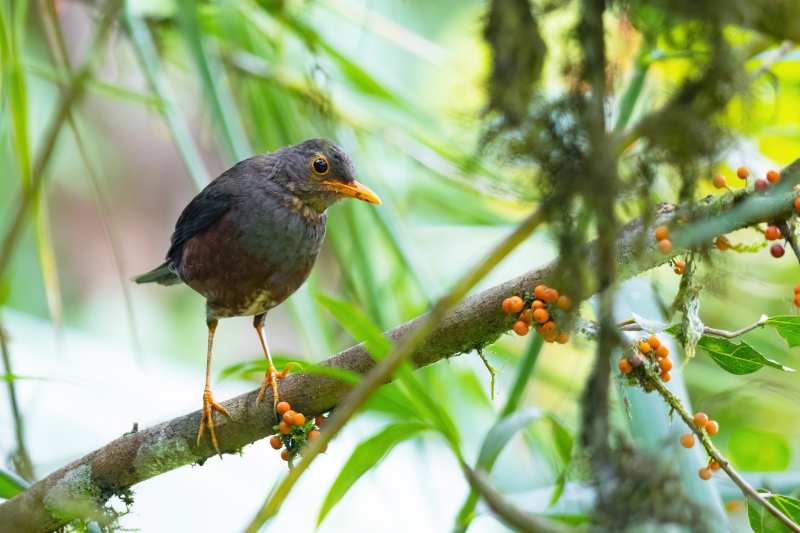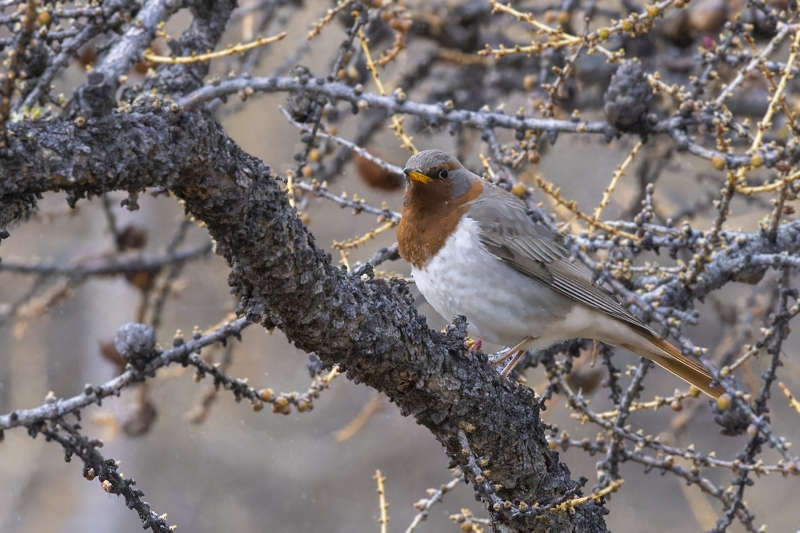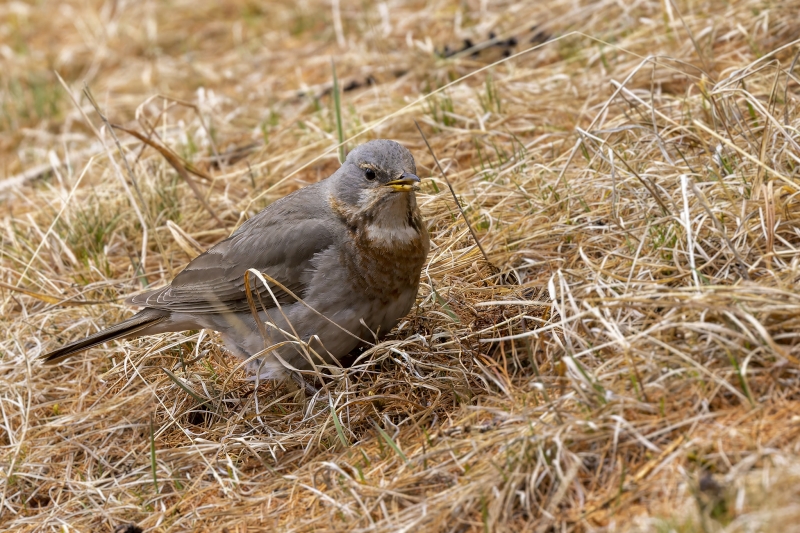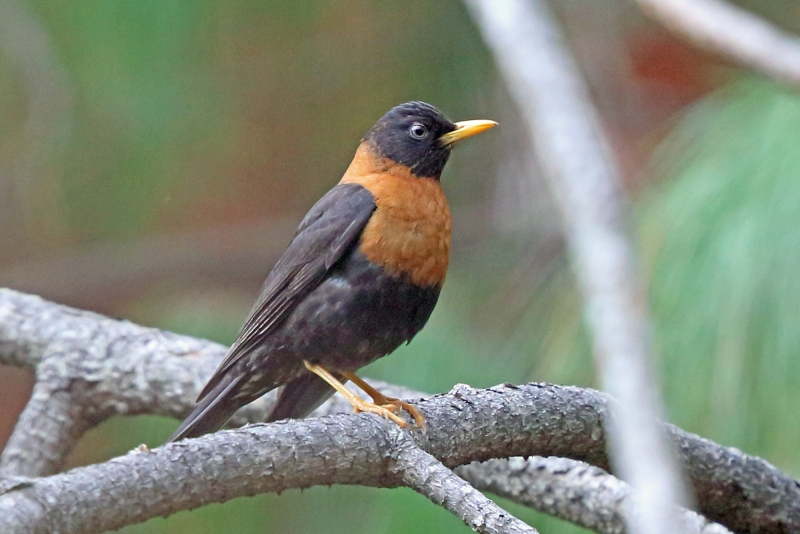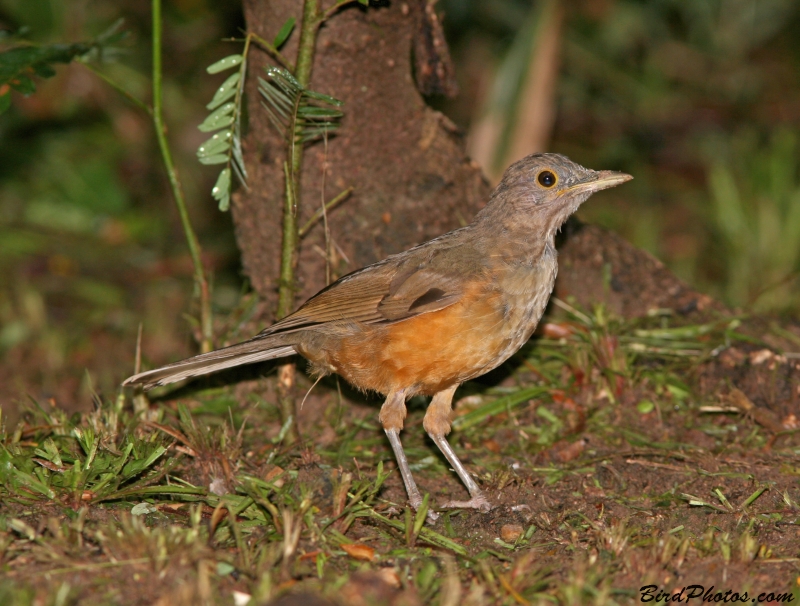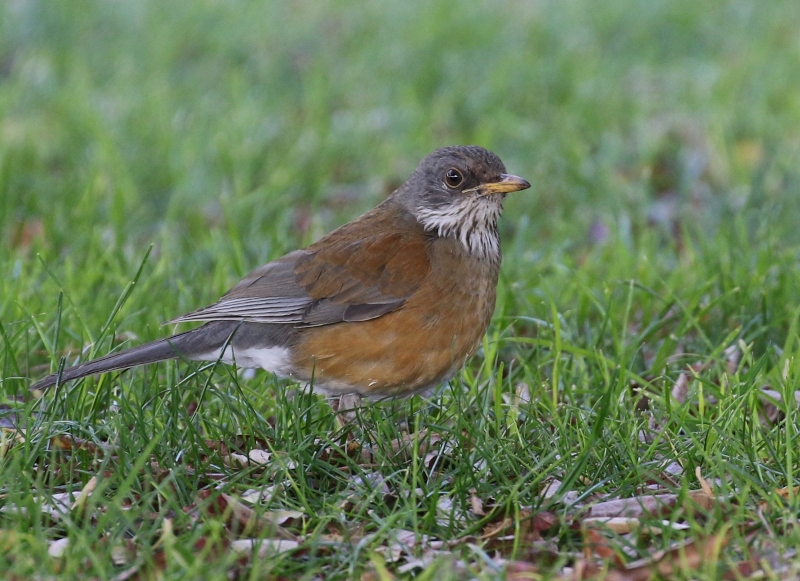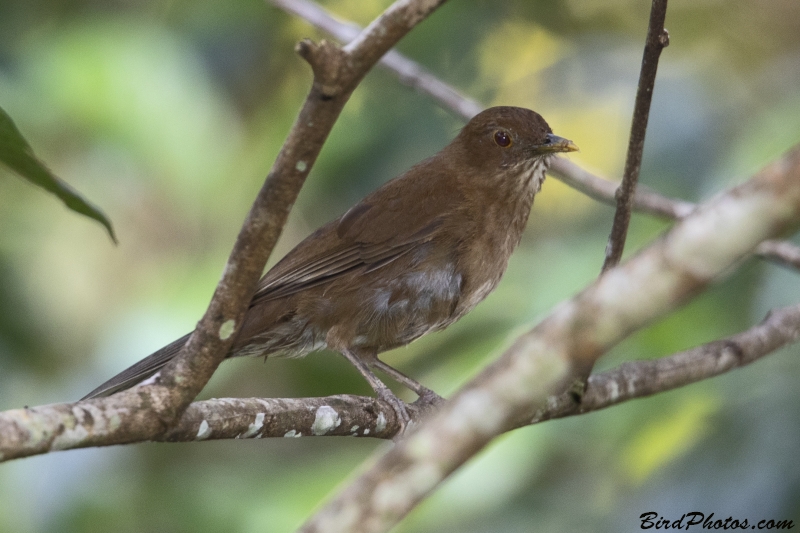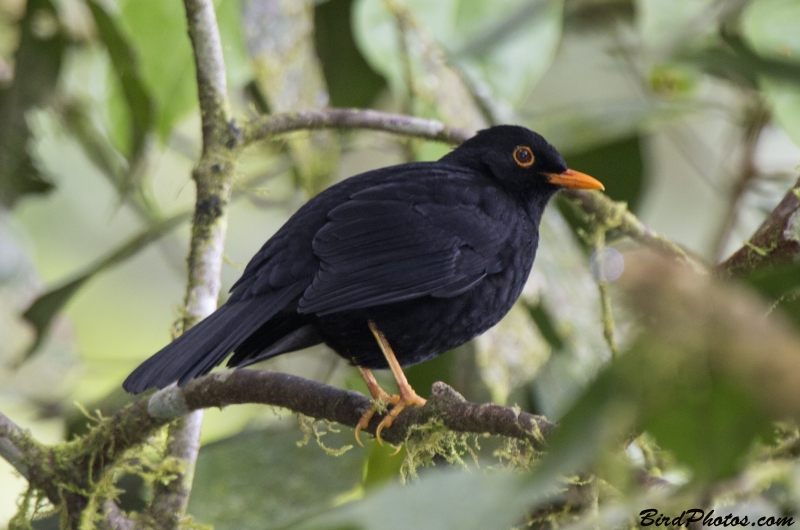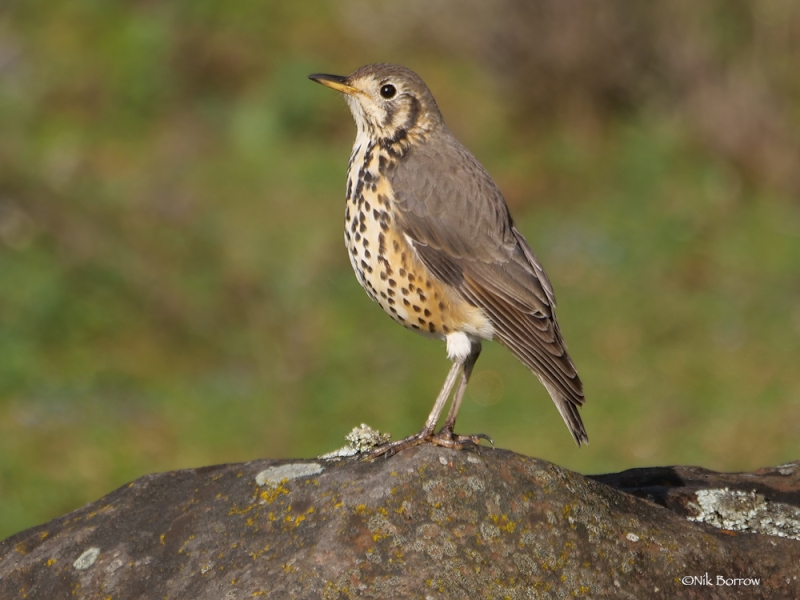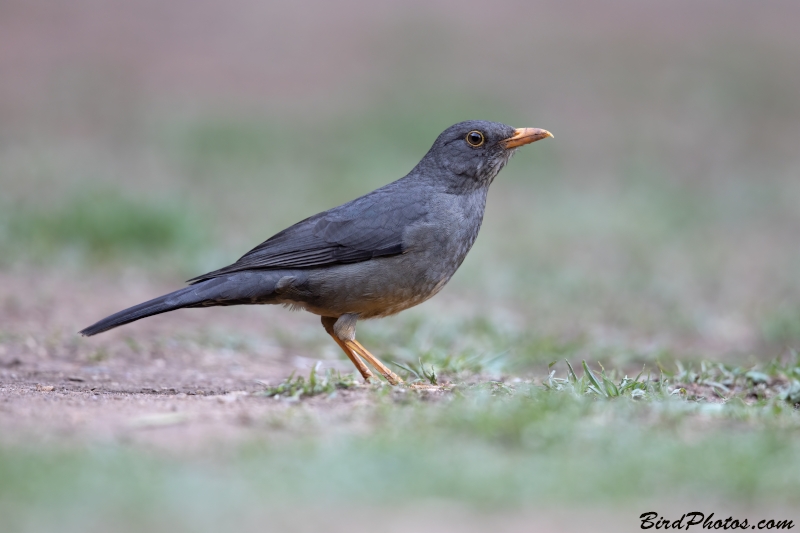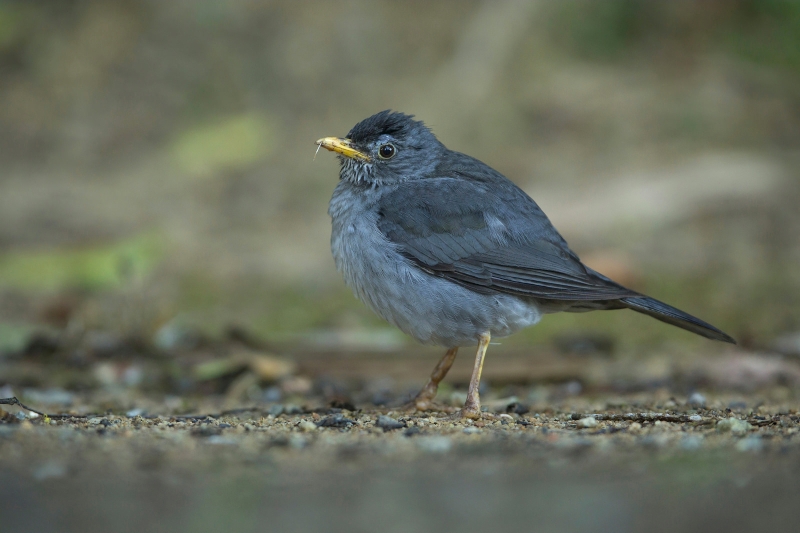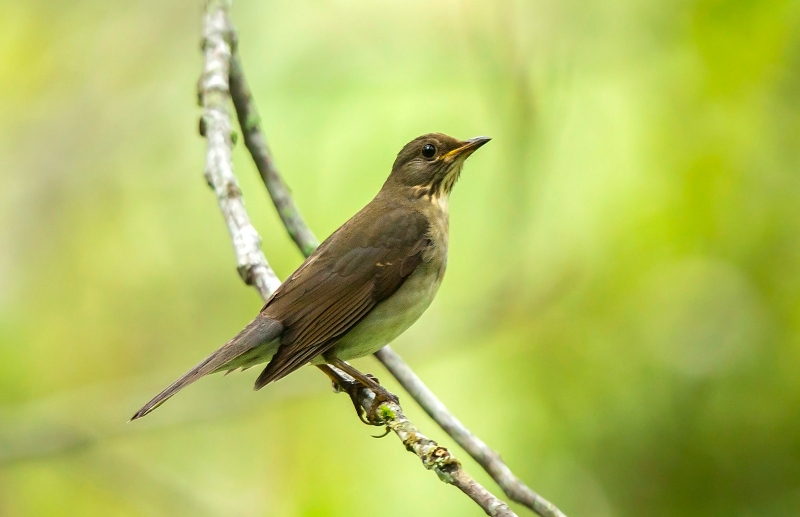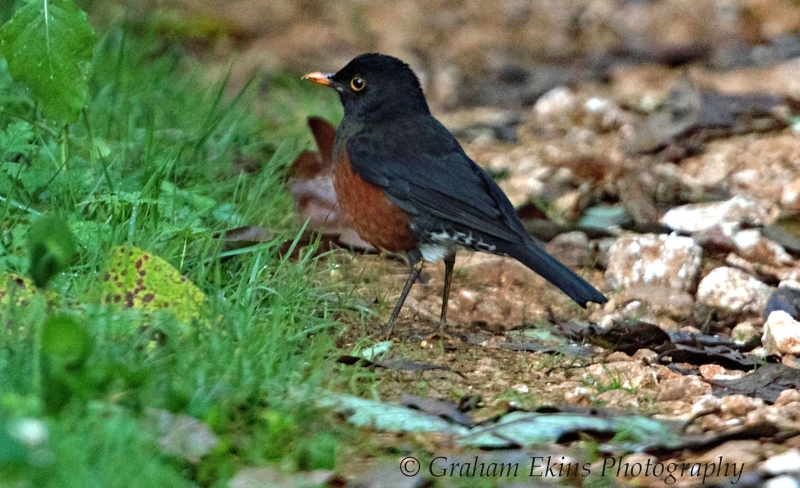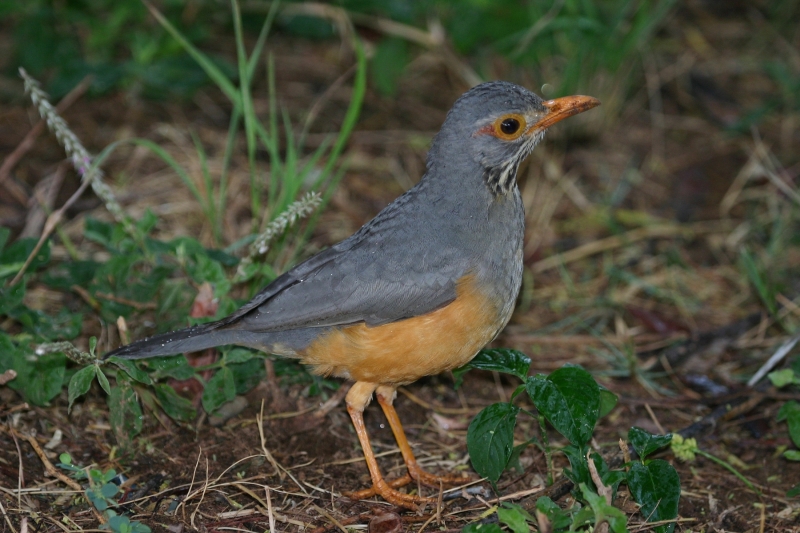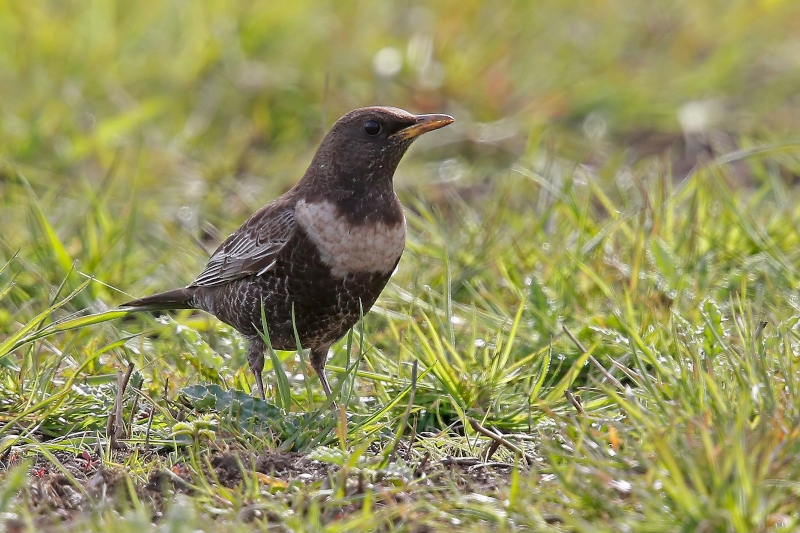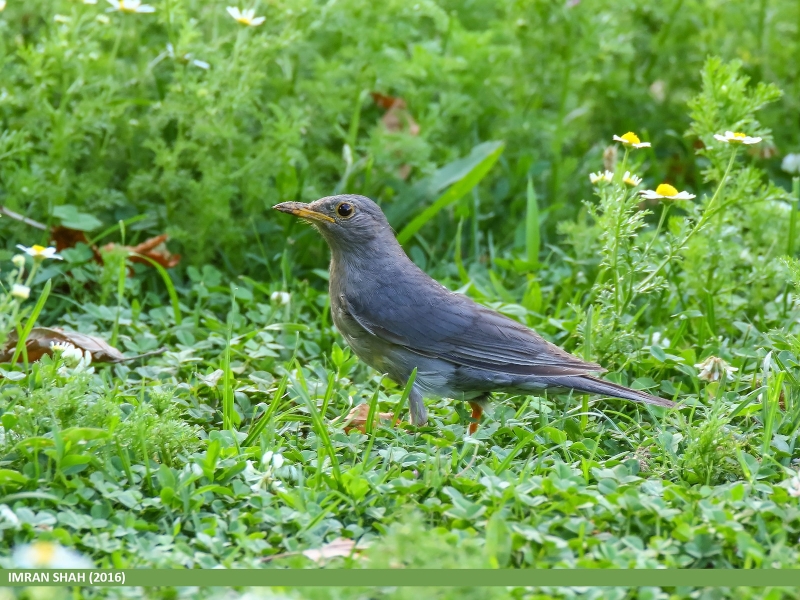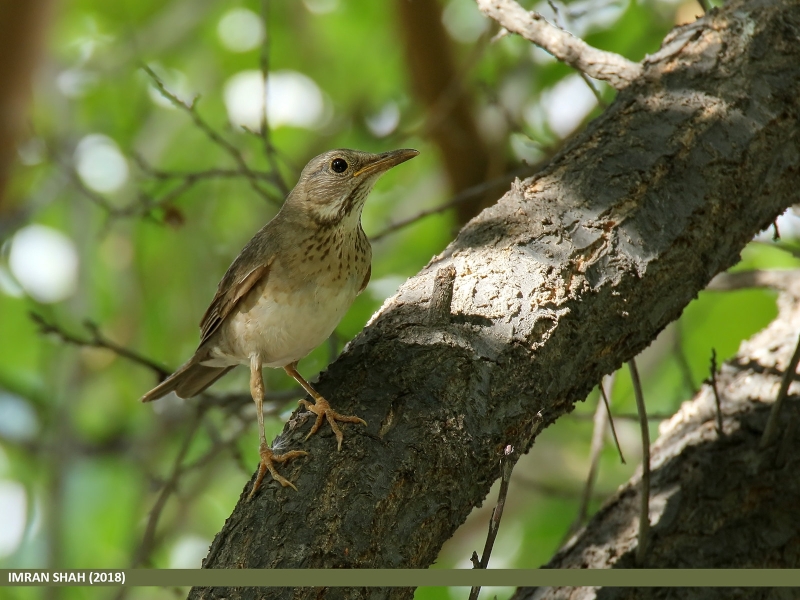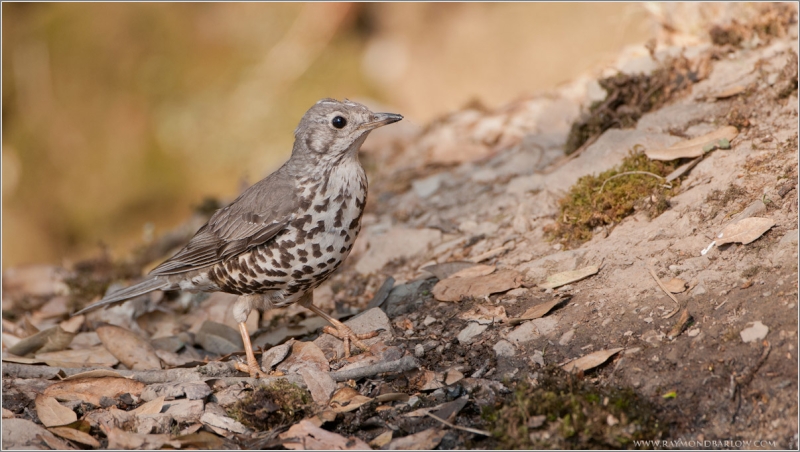| ||||||
Heard more often than seen in mature tropical forests. | ||||||
| ||||||
Note light yellow bill and same color head as wings compared to Pale-breasted Thrush. | ||||||
Split from the Black-billed Thrush based on vocal and DNA differences. Note 'campina' or white-sand forest habitat. The species is also found locally in northwest Brazil away from varzea where the virtually identical Black-billed Thrush 'debilis' race is found. | ||||
| ||||||
| ||||||||||||
| ||||||
| ||||
| ||||
| ||||||
| ||||||
| ||||||
Similar to some races of the Great Thrush, but smaller. | ||||||
| ||||||
Split from the White-throated Thrush, and is browner with a short black bill (Athanas). | ||||||
| ||||
| ||||||||||||
| ||||
| ||||
| ||||||
| ||||||
| ||||
Note darker head and neck than body on male. Female is brown, darker on back. Compare to Black-hooded Thrush. Found in montane forests. | ||||||
| ||||||
| ||||||
A large pigeon-sized Thrush that is often very common. Colors range from creamy brown to dark grey-black across its large range. | ||||||||||||||||||
National bird of Costa Rica. Note red eye, pale-colored bill, and uniform brown color. A small percentage of this species are more grey and less brown, and with more contract between front and back. | ||||||||||||
| ||||
Found in 'terra firme' and varzea forests. Determined to be genetically very different from Varzea Thrush. Note dark olive-brown bill and song. | ||||||
| ||||
| ||||
| ||||||
A large thrush that is found in lowlands, except for two races in the Colombian/Venezuelan Andes. In Colombia, the Andean race is common inside cities. The lowland race 'debilis' is a different species and called the Floodplain Thrush by HBW. Black-billed Thrushes use a lot of mud in their nests. | ||||||||||||
| ||||||
| ||||||
| ||||||
| ||||
| ||||||
| ||||
Known to mimic other birds and animals (Athanas). | ||||||
Widespread. A generic thrush with an unusual jay-like call for a thrush. | ||||||
A very shy thrush found at over 1200m inside the forest. Flies to canopy with any sign of danger. | ||||||||||||
| ||||
| ||||||||||||
| ||||||
| ||||||
| ||||||
| ||||
| ||||||
Note lack of eye-ring compared to otherwise similar Common Blackbird. | ||||||
| ||||
| ||||||||||||
A North American icon, seen in gardens looking for earthworms. | ||||||
| ||||
| ||||||
Split from the Black-billed Thrush and found only in the tepuis of Guyana and Venezuela. | ||||
| ||||||
| ||||||
Found in the Andes at mid altitude levels, often in the canopy. Female is plain and brown. | ||||||
| ||||
Recently split from the Island Thrush because of sexual dimorphism among other reasons. | ||||||
| ||||||
| ||||||
| ||||||
| ||||||||||||
| ||||||
Male is browner than the otherwise similar Yellow-legged Thrush. Females similarly uniform brown. Found in montane forests. | ||||||
| ||||||
| ||||||
| ||||||||||||
| ||||||
| ||||||
| ||||||
| ||||||
| ||||
A Tumbes endemic. | ||||||
| ||||
| ||||||
| ||||||
| ||||||||||||
| ||||||
| ||||||
| ||||||
| ||||
Split from Hauxwell's Thrush. Found in varzea forest. Nest with three eggs. | ||||||
| ||||
May appear very similar to Great Thrush, but is smaller. Look also for the back and belly being exactly the same shade of dark glossy black. | ||||||
| ||||||
| ||||
Uniformly grey, but some have a bit of rufous on the belly, perhaps from hybridization with similar species such as the Olive Thrush. | ||||||
| ||||||||||||
| ||||||
| ||||||
| ||||
| ||||||
| ||||
| ||||||||||||
| ||||
| ||||||
| ||||
| ||||
